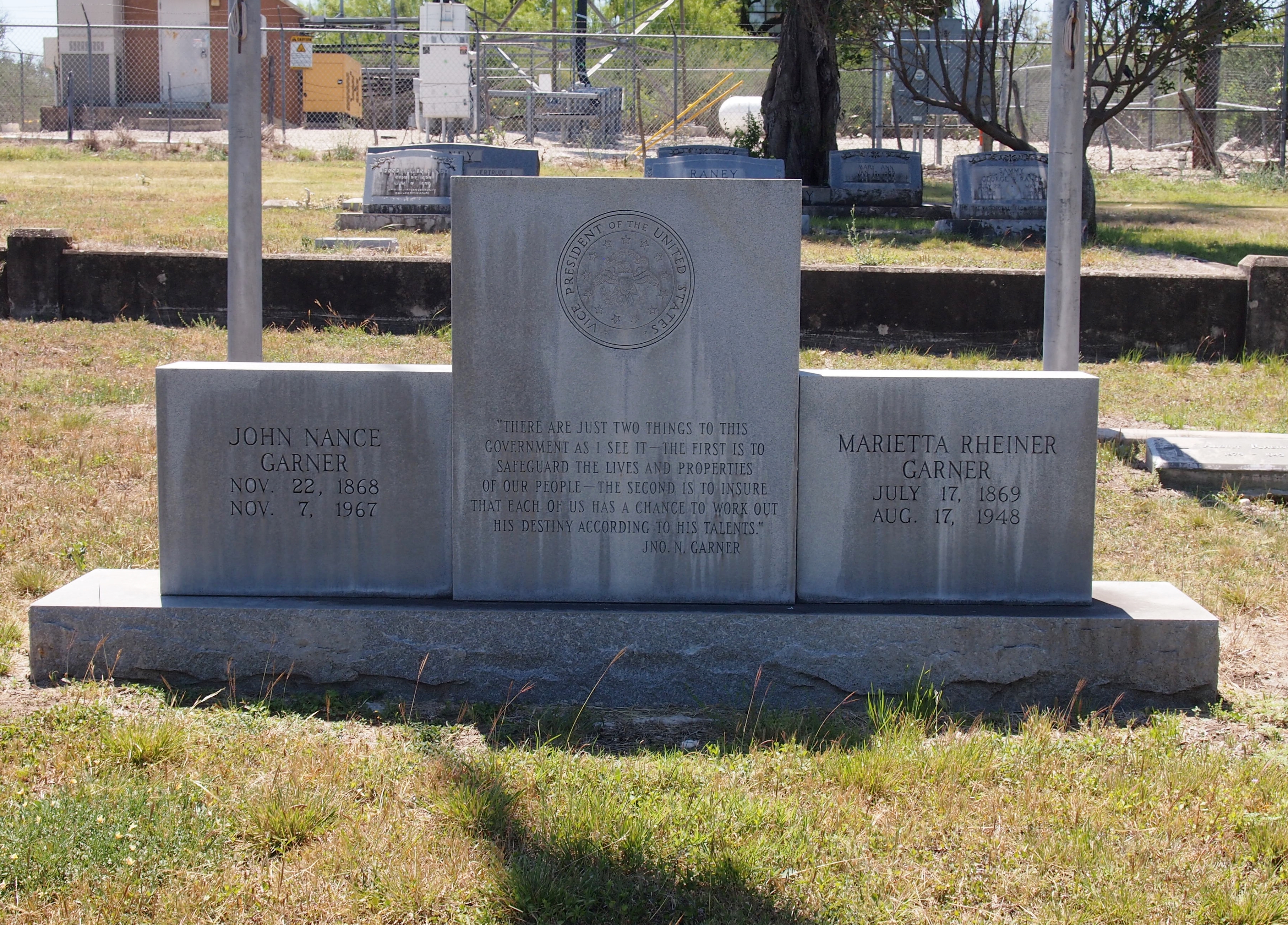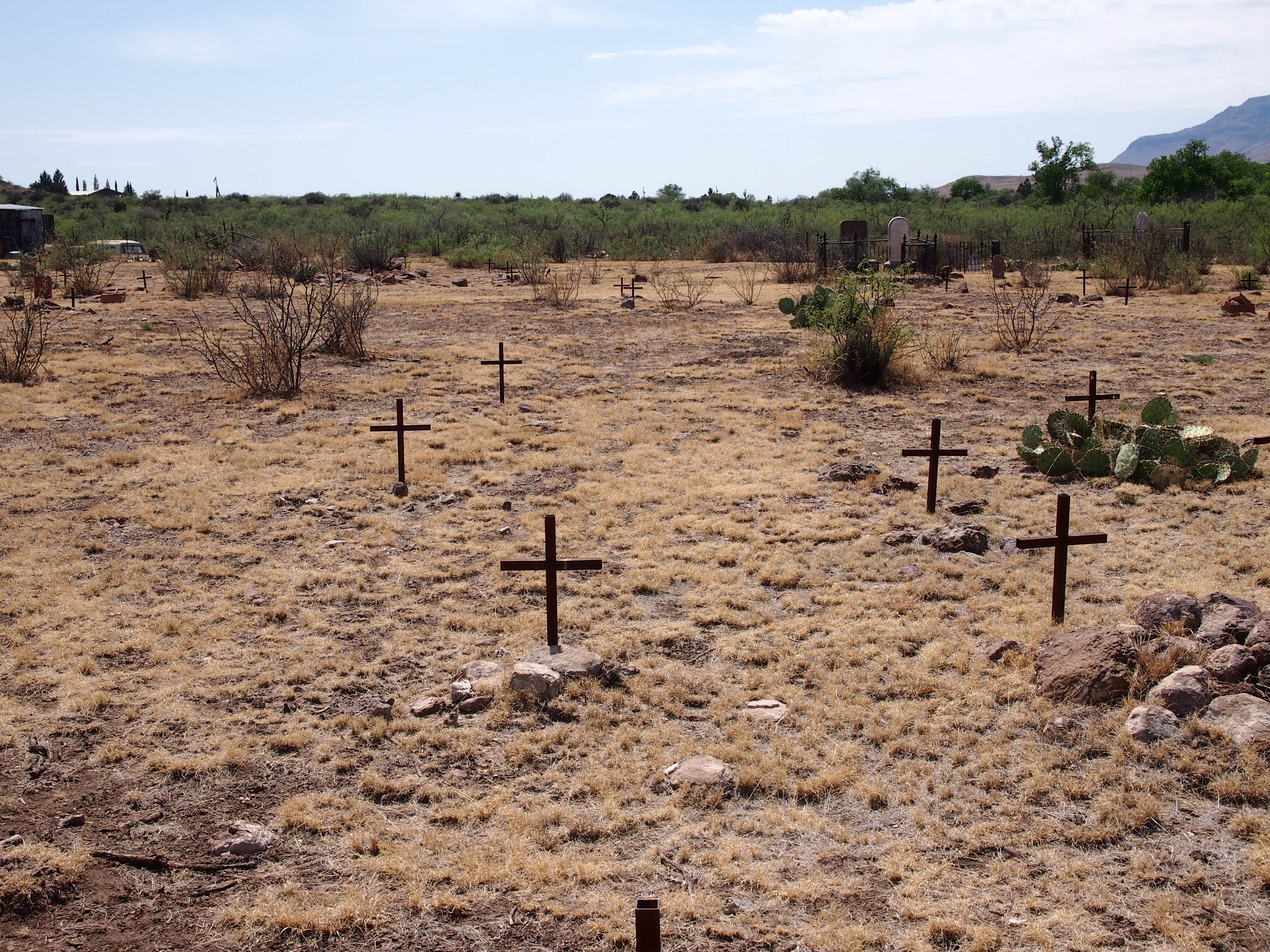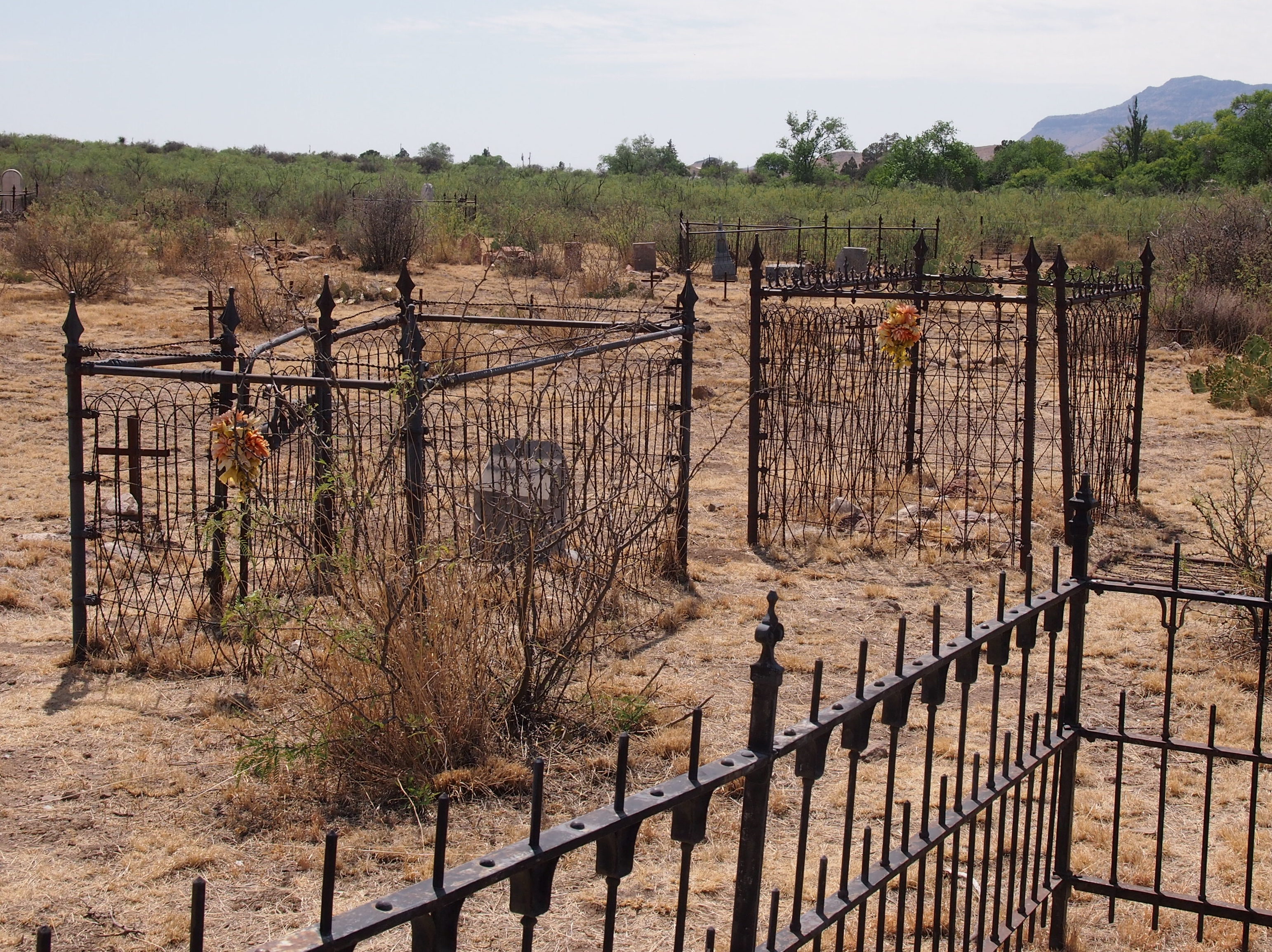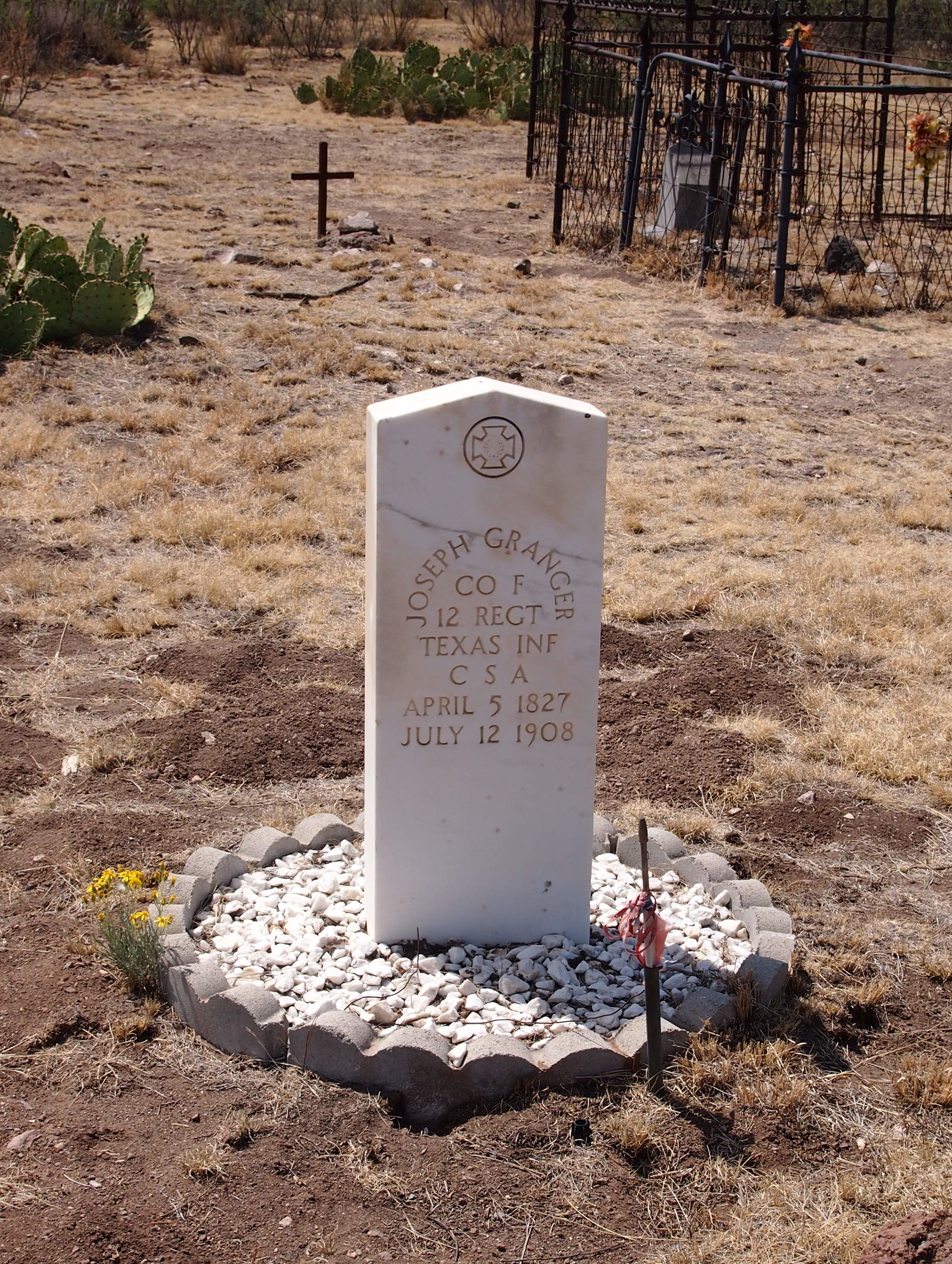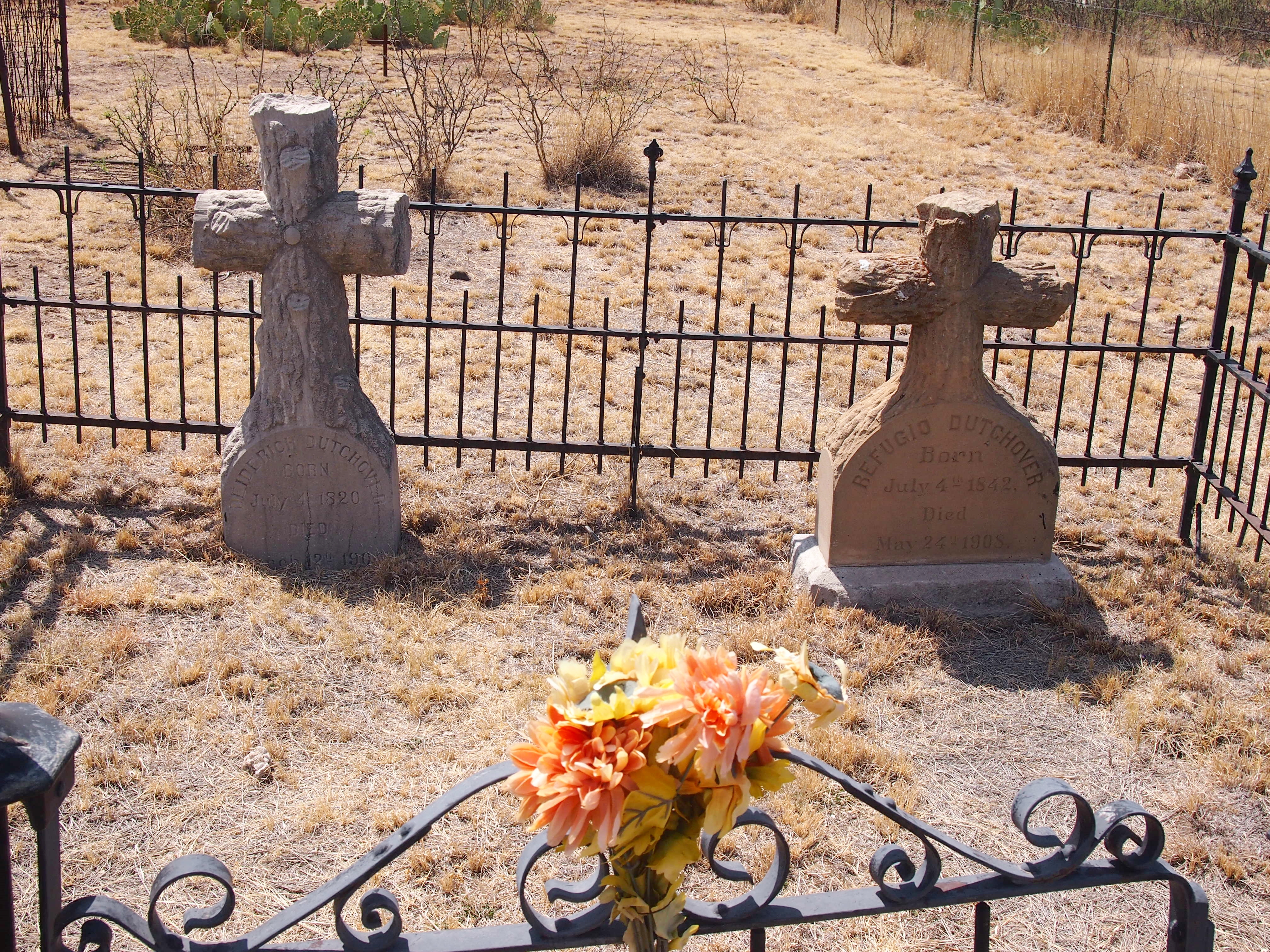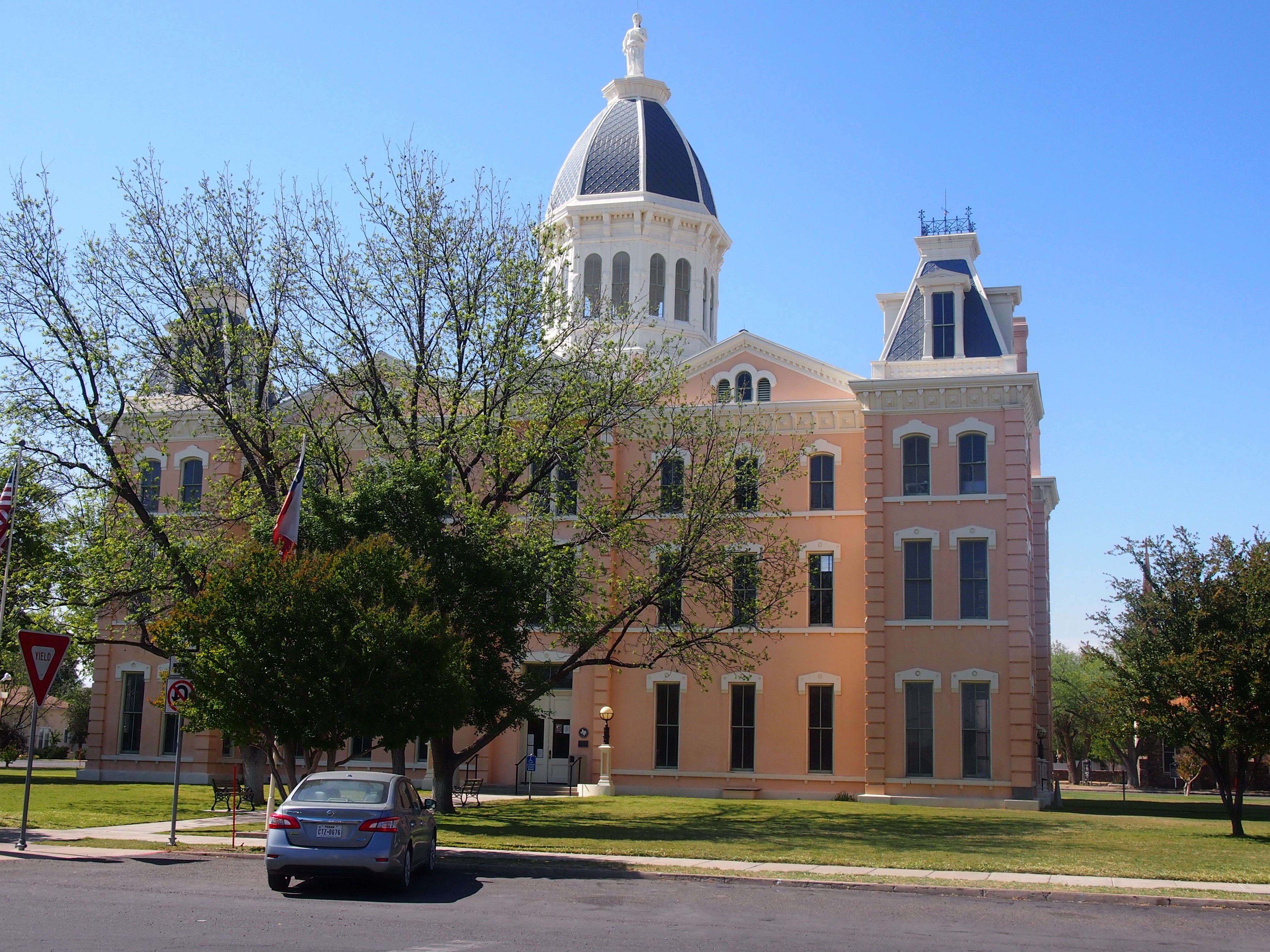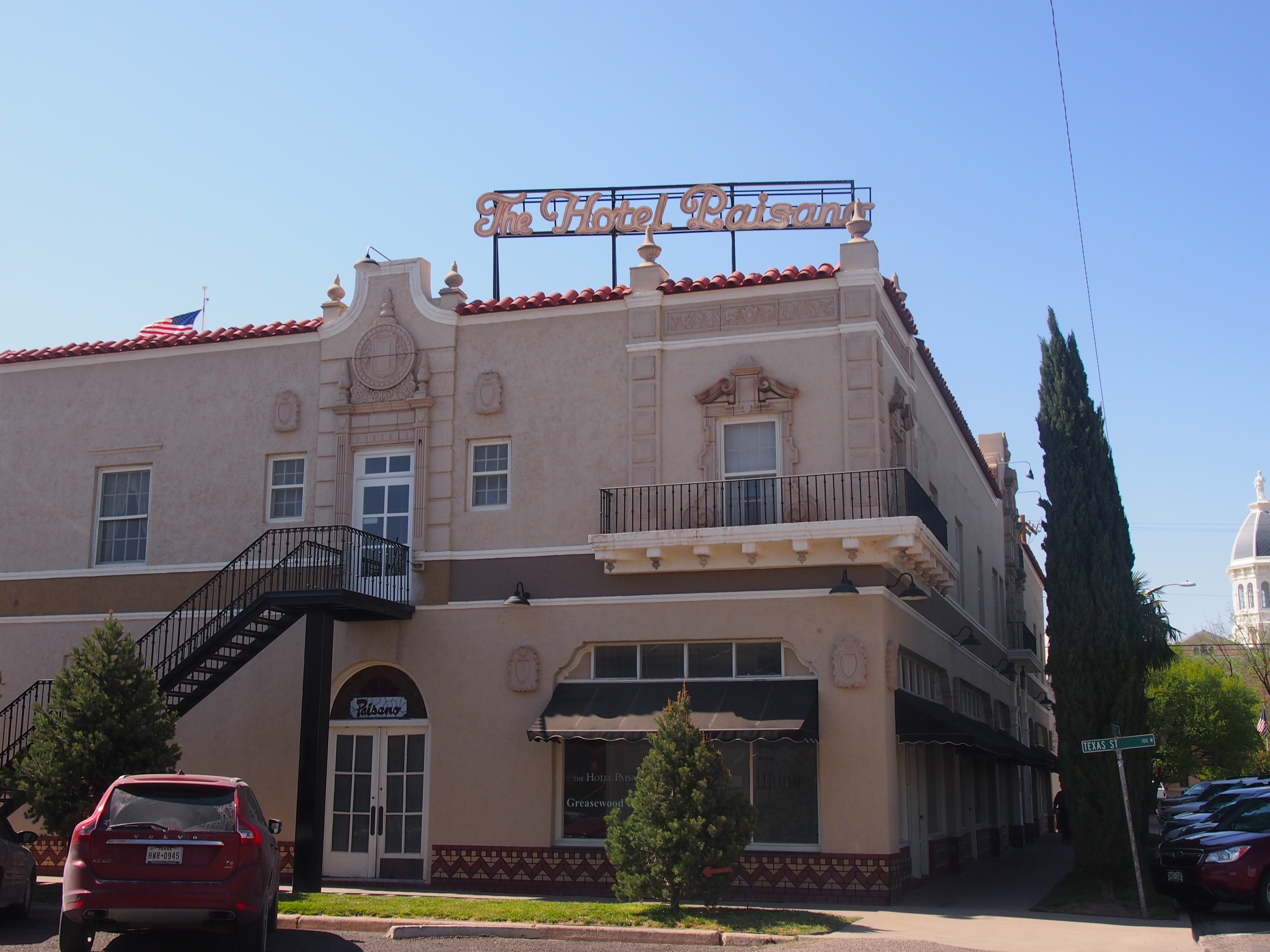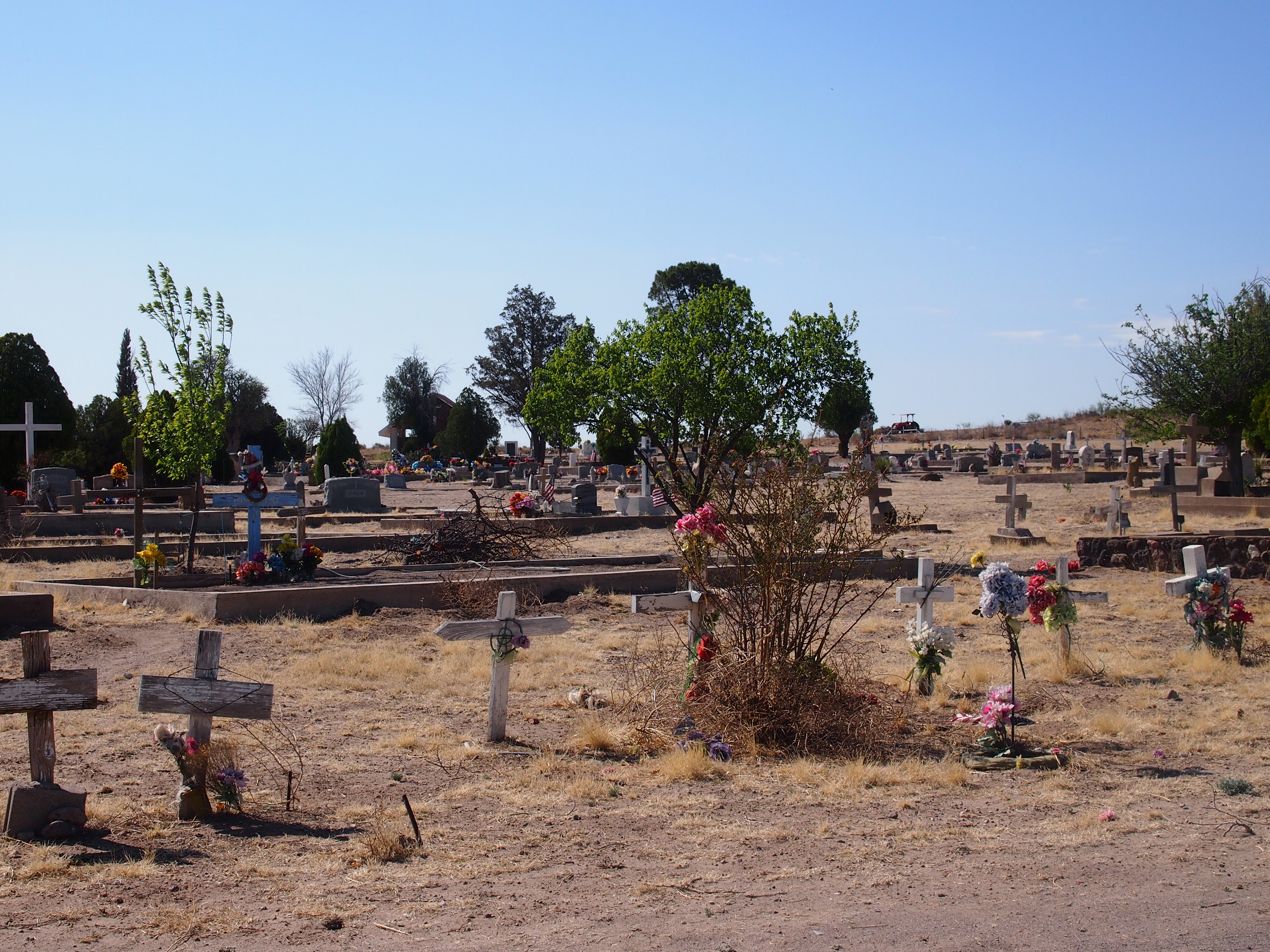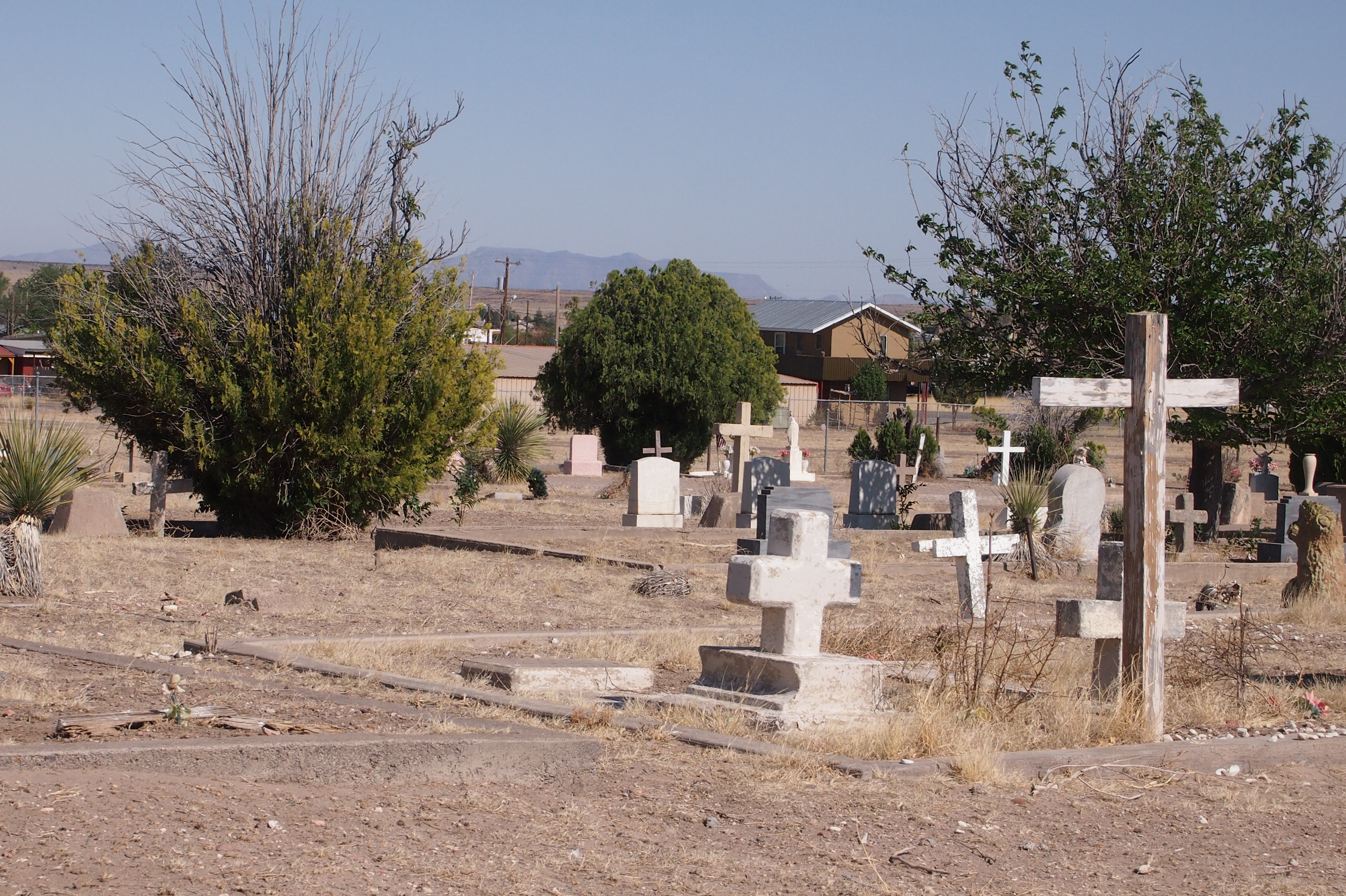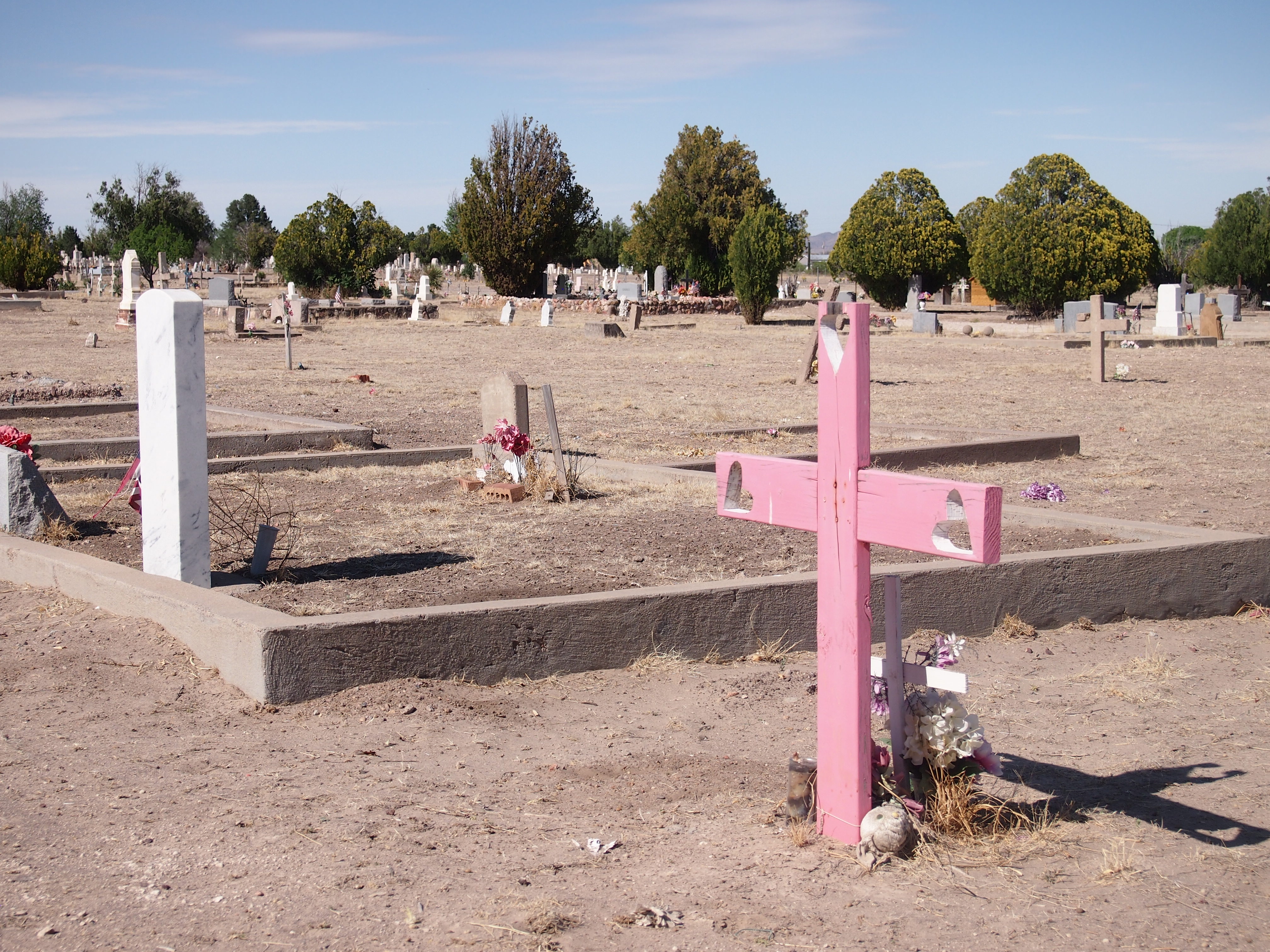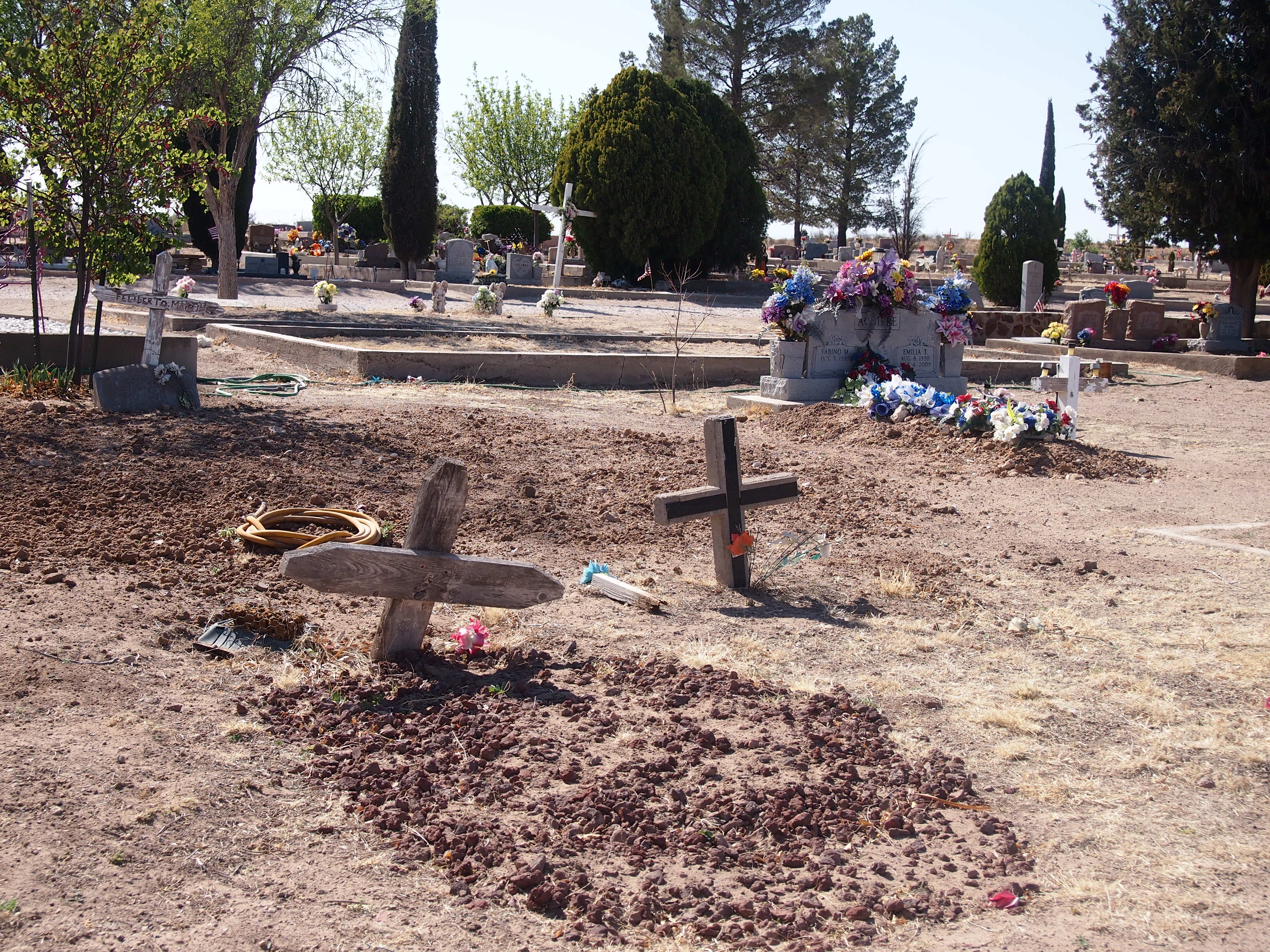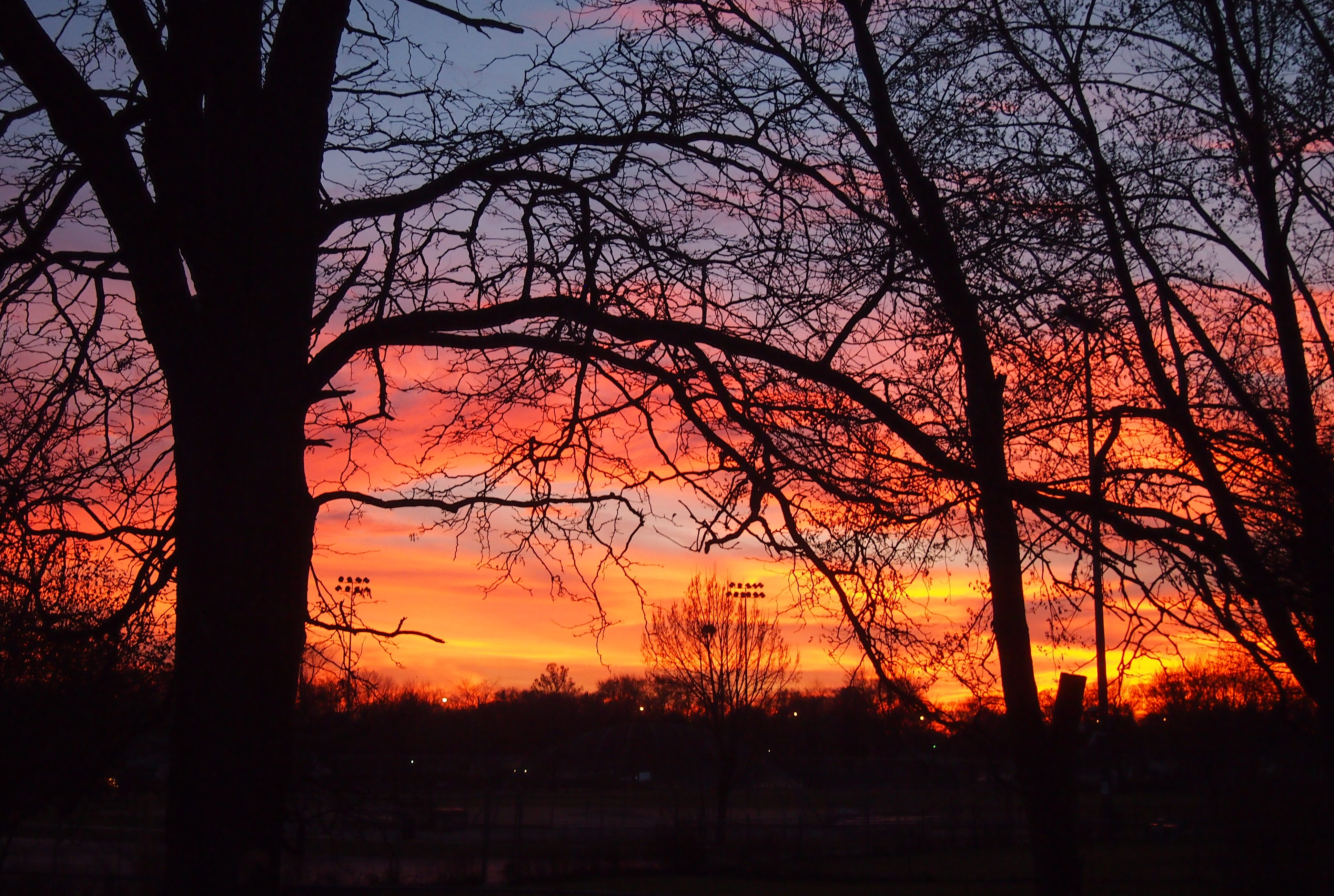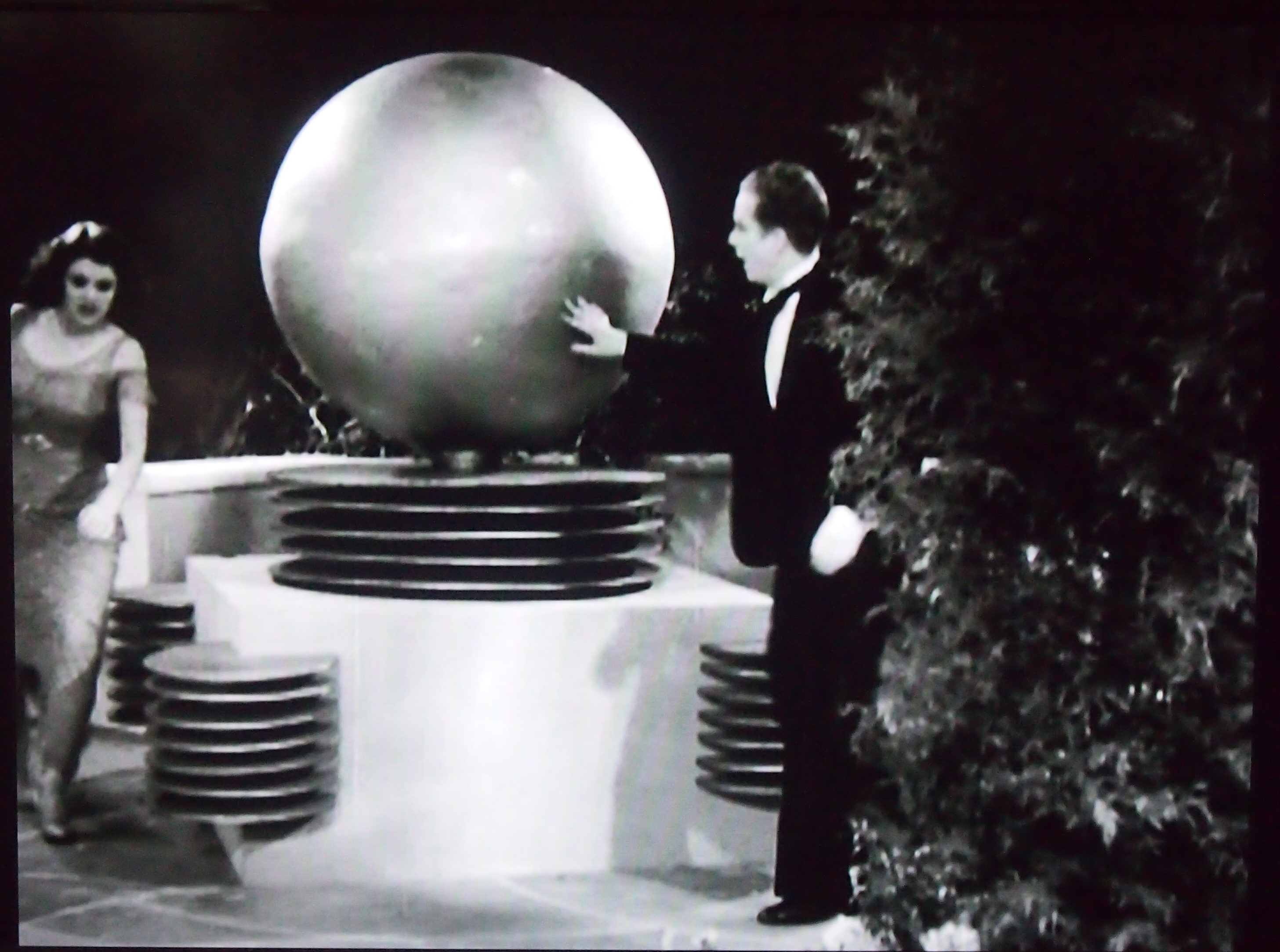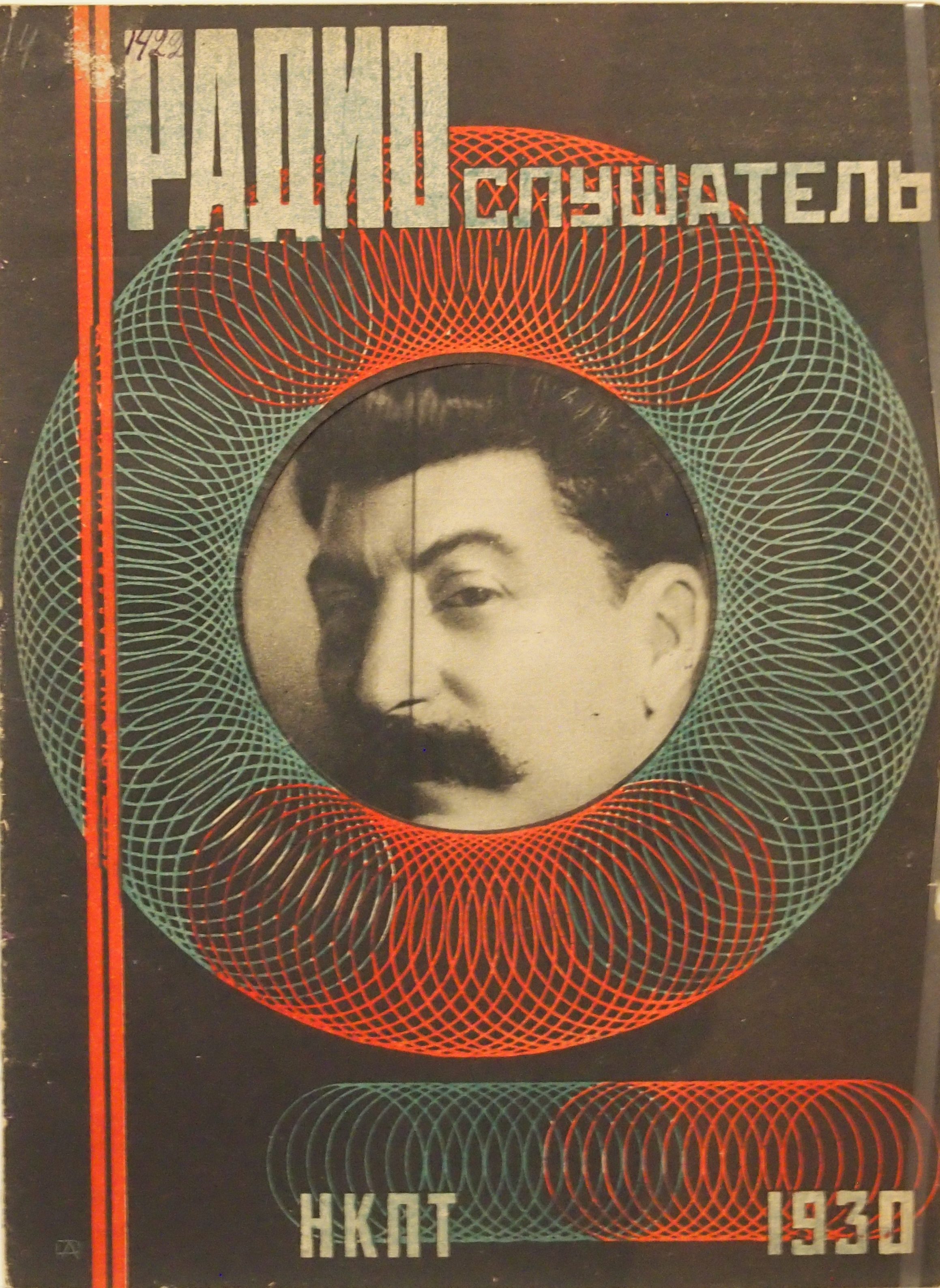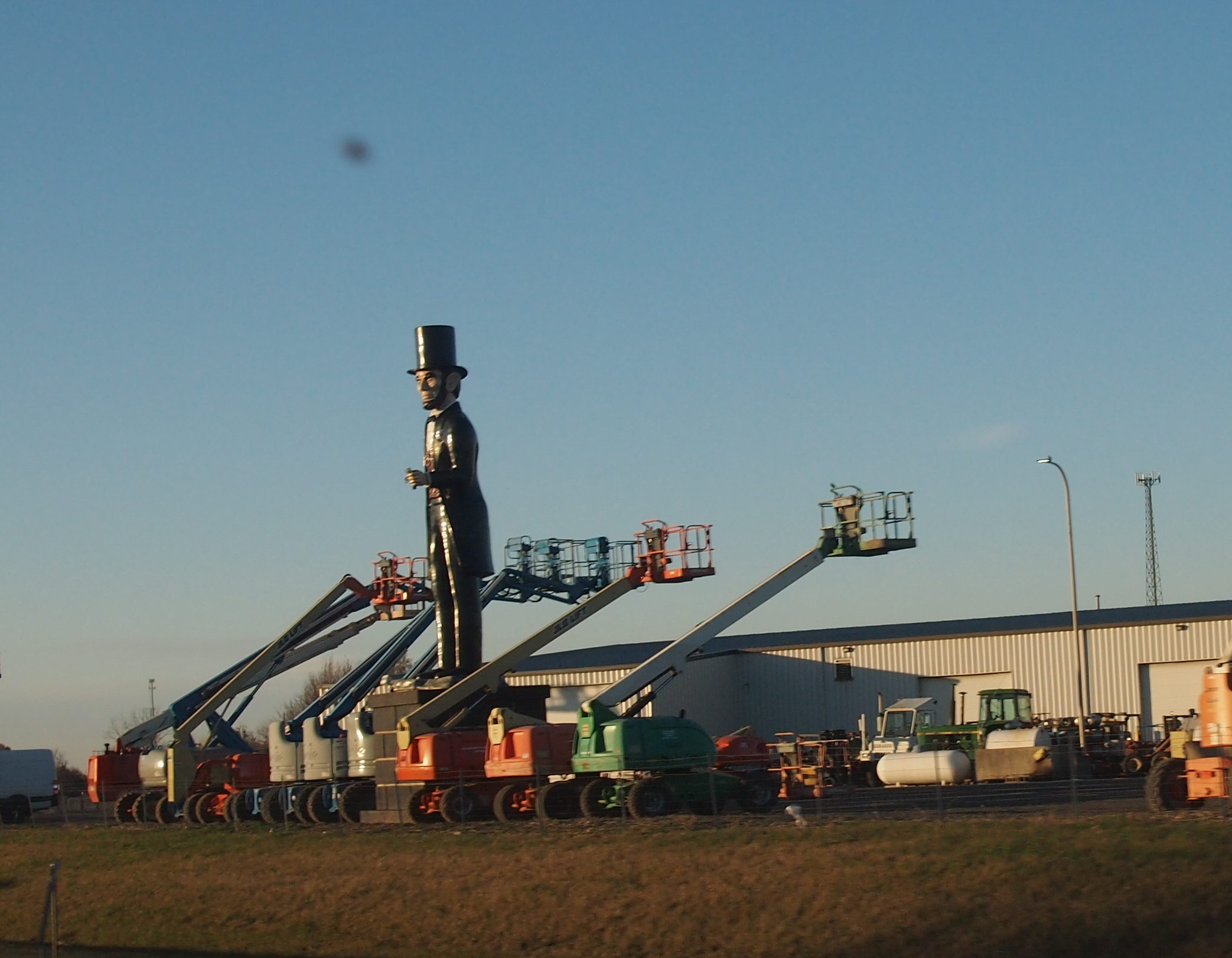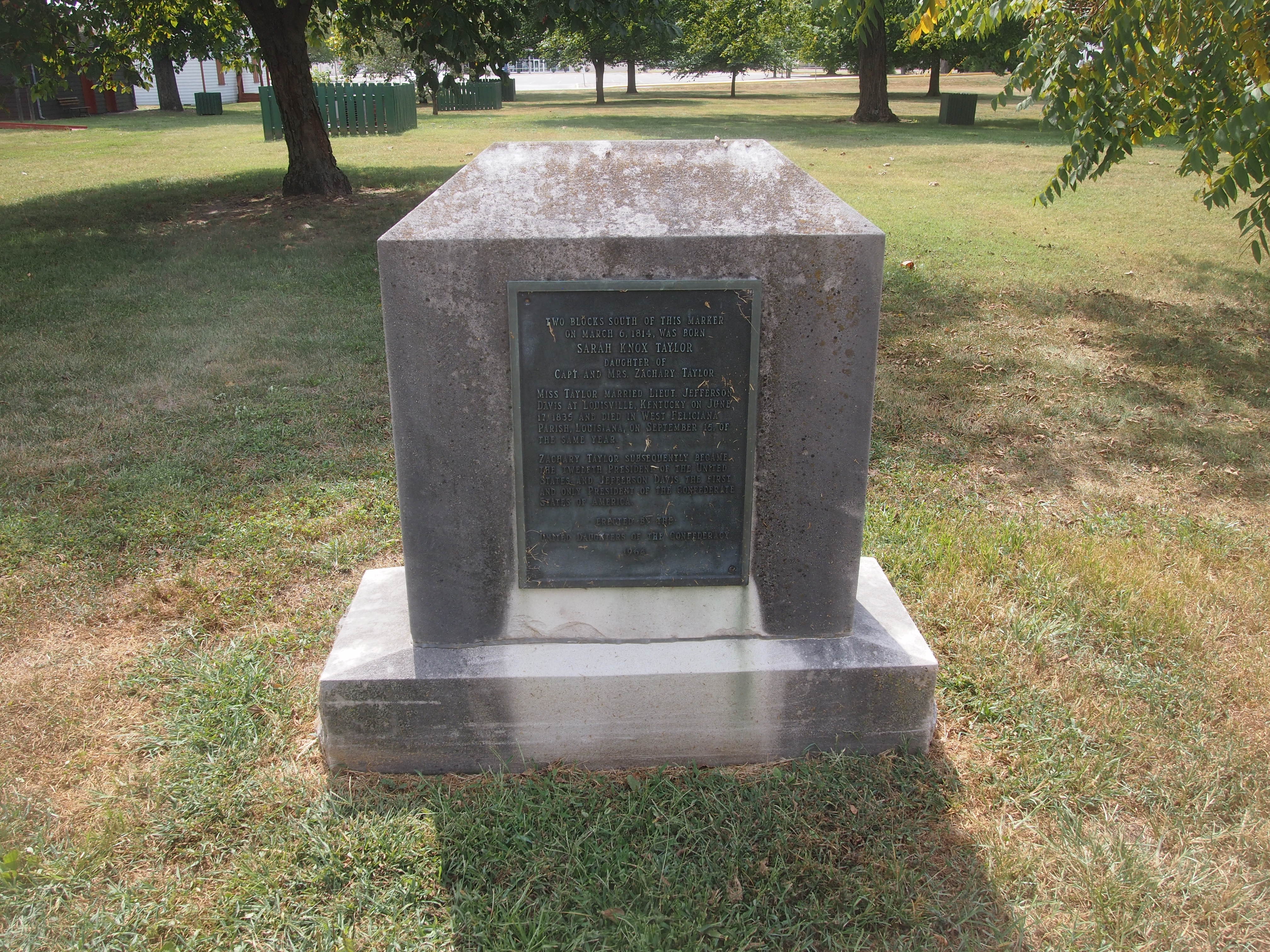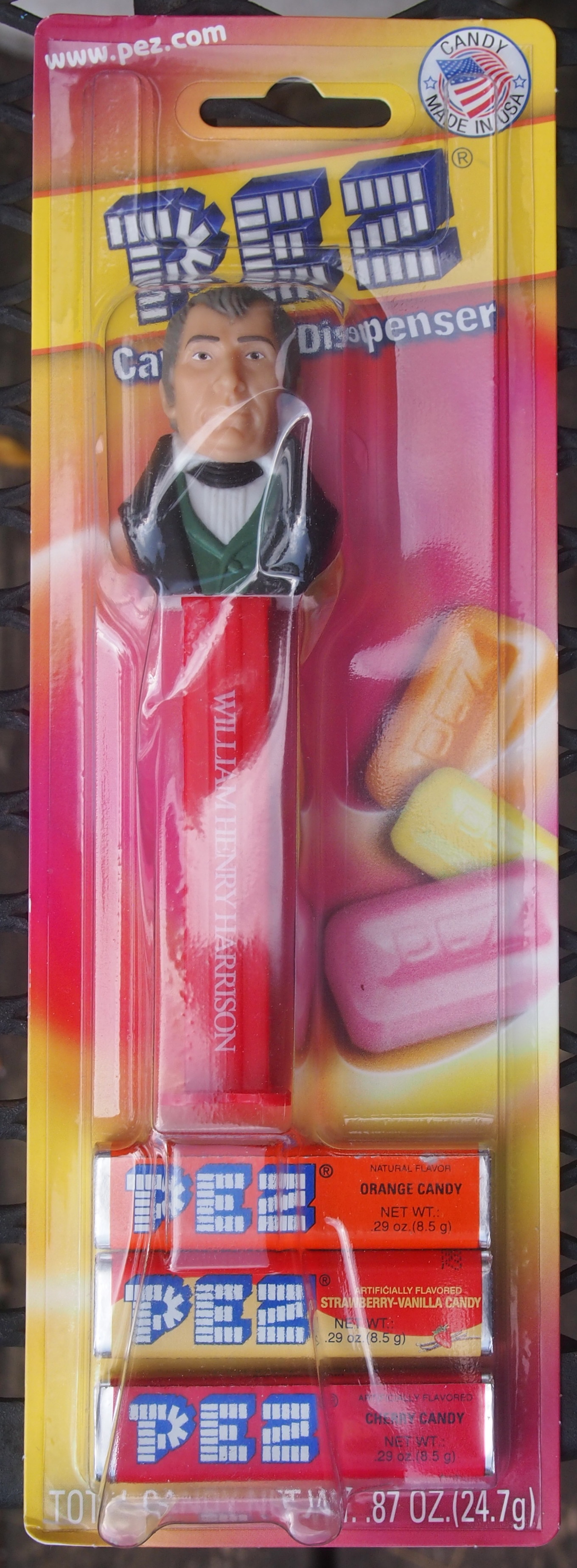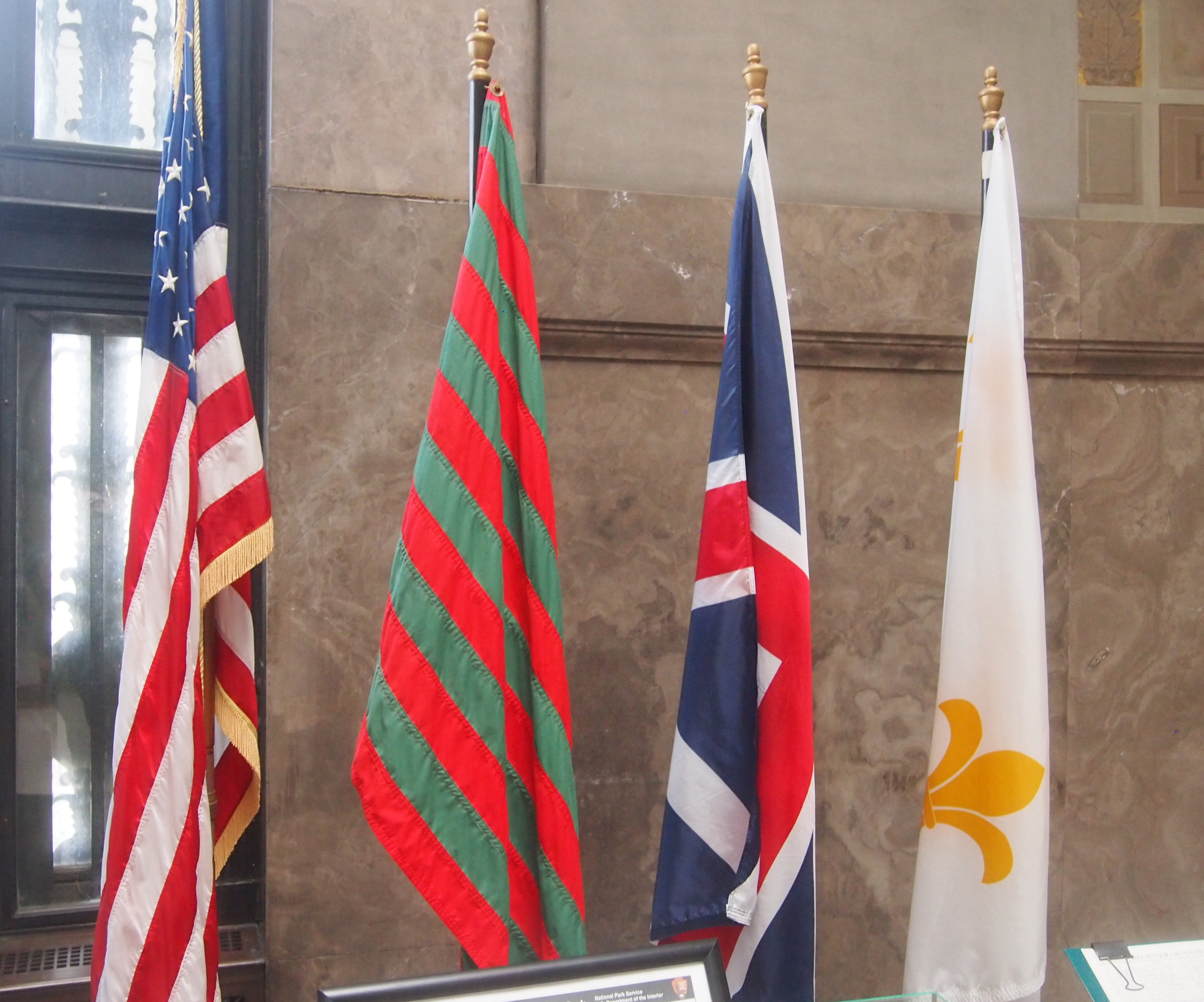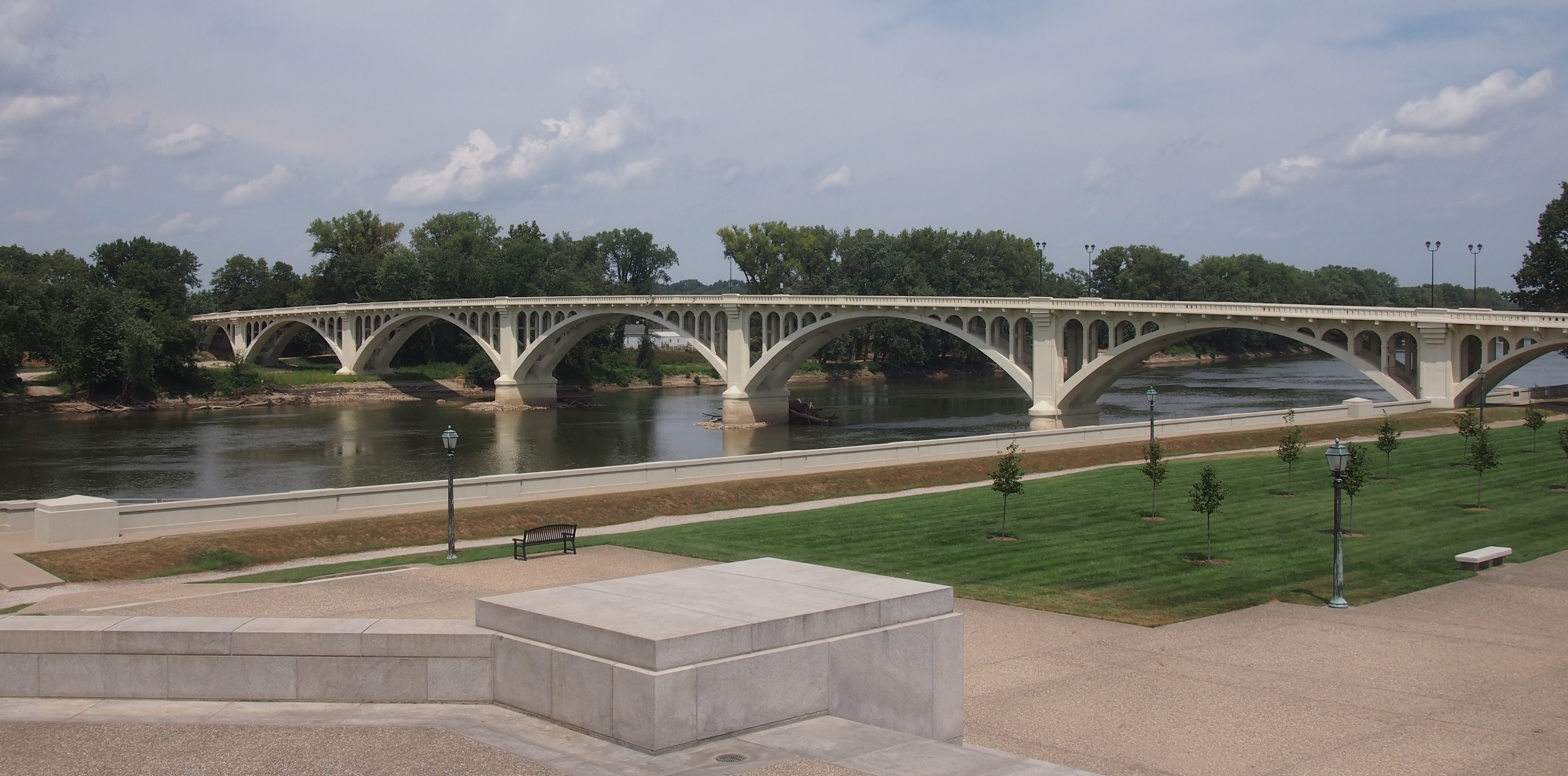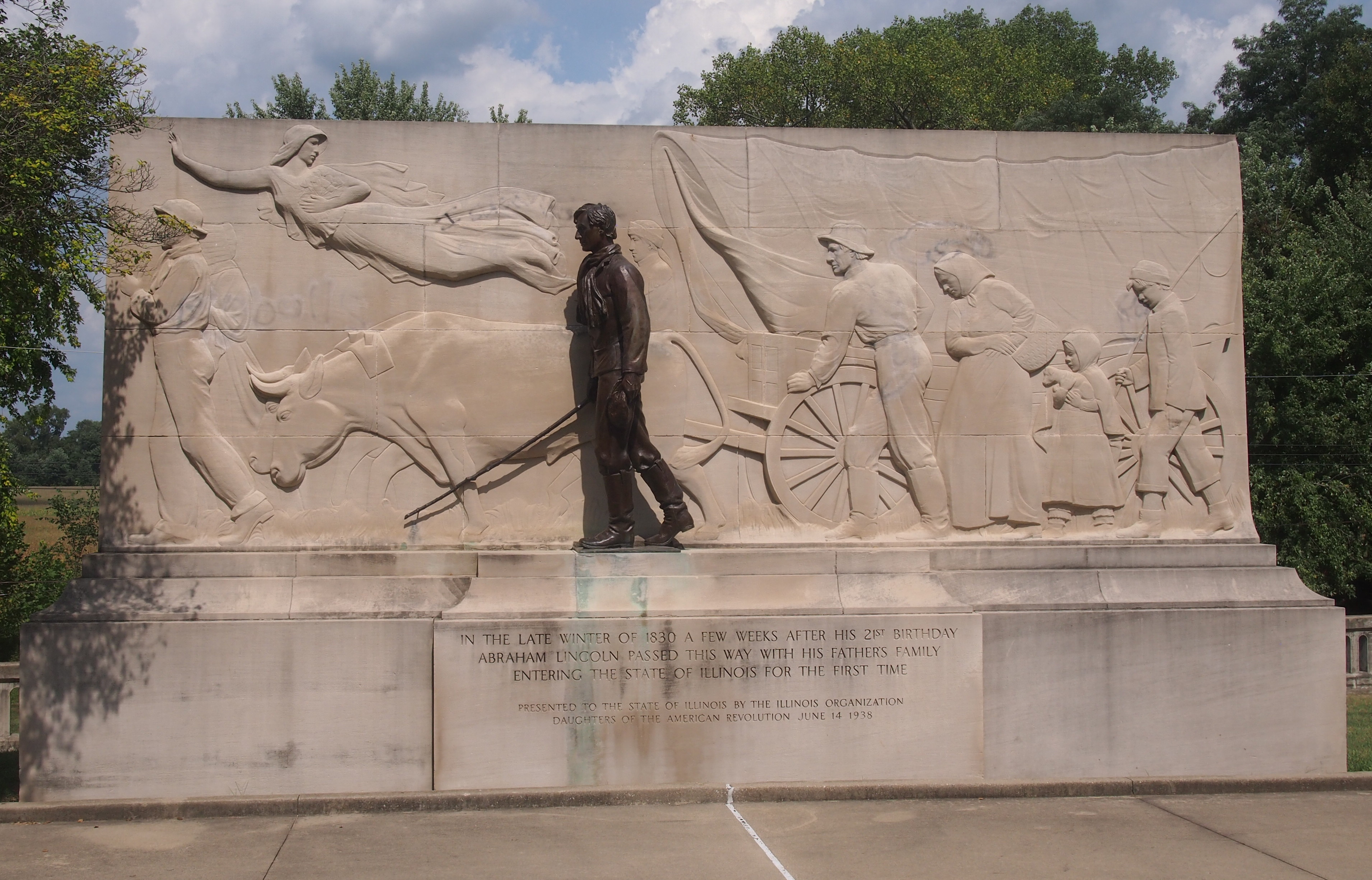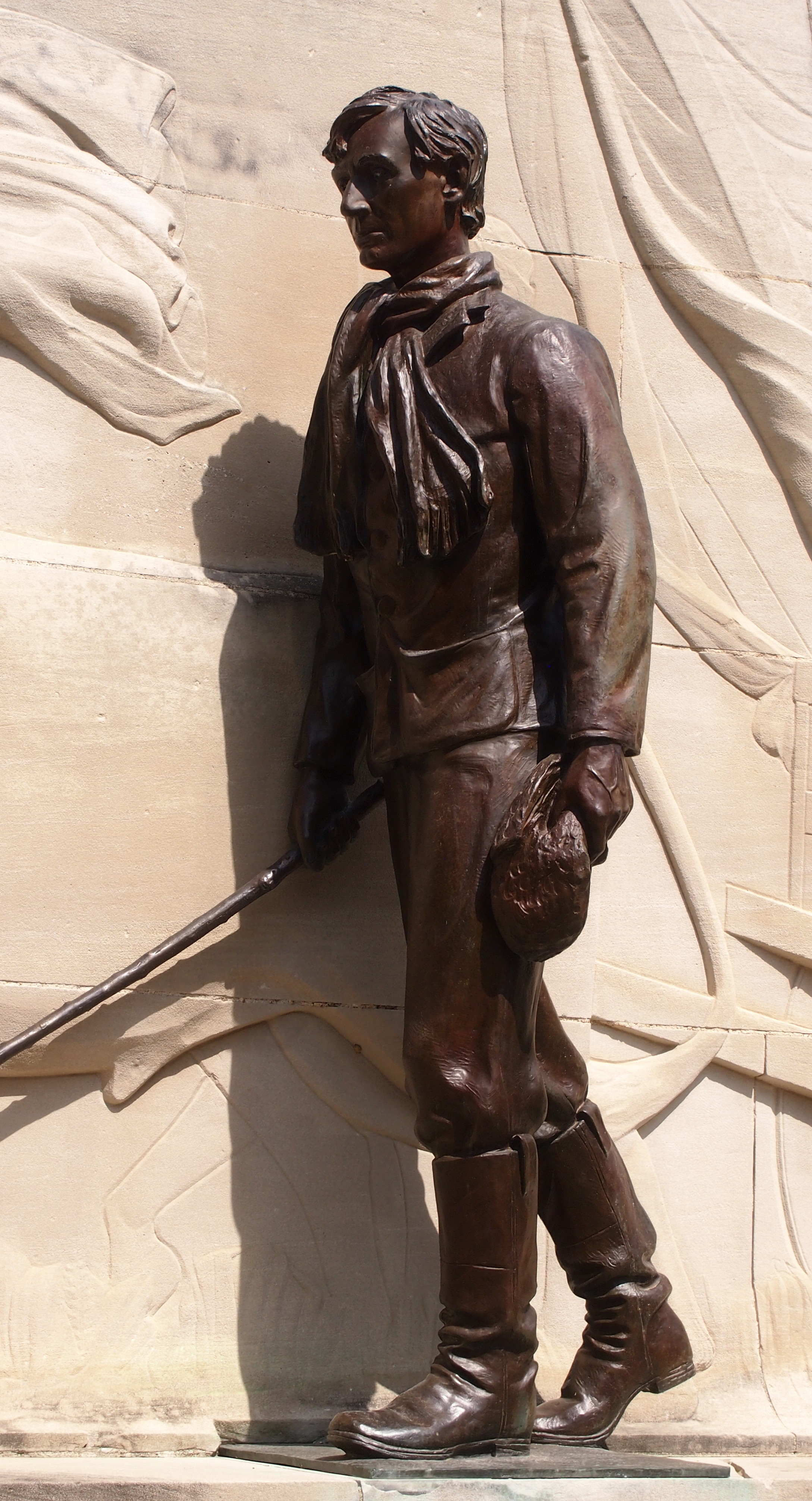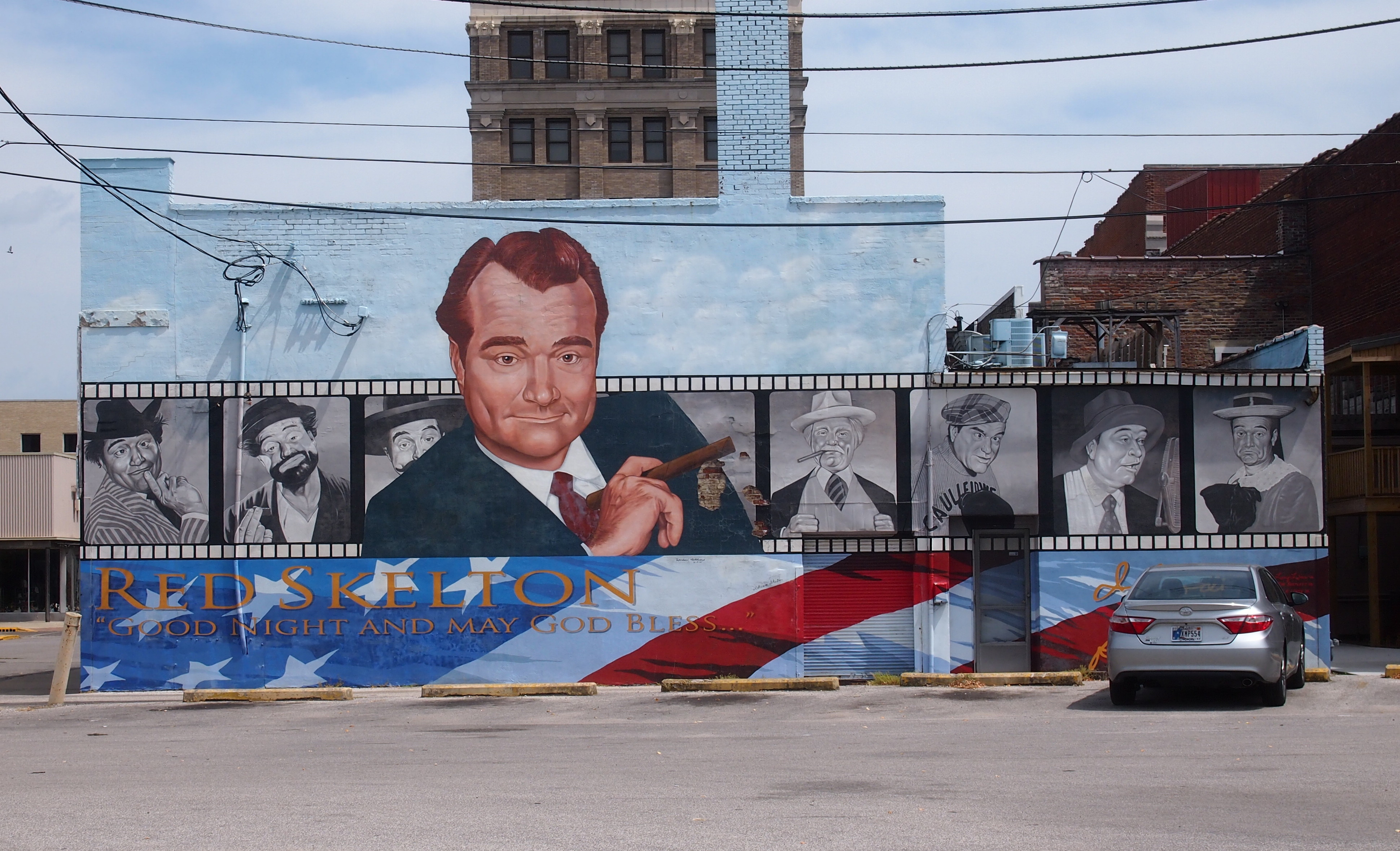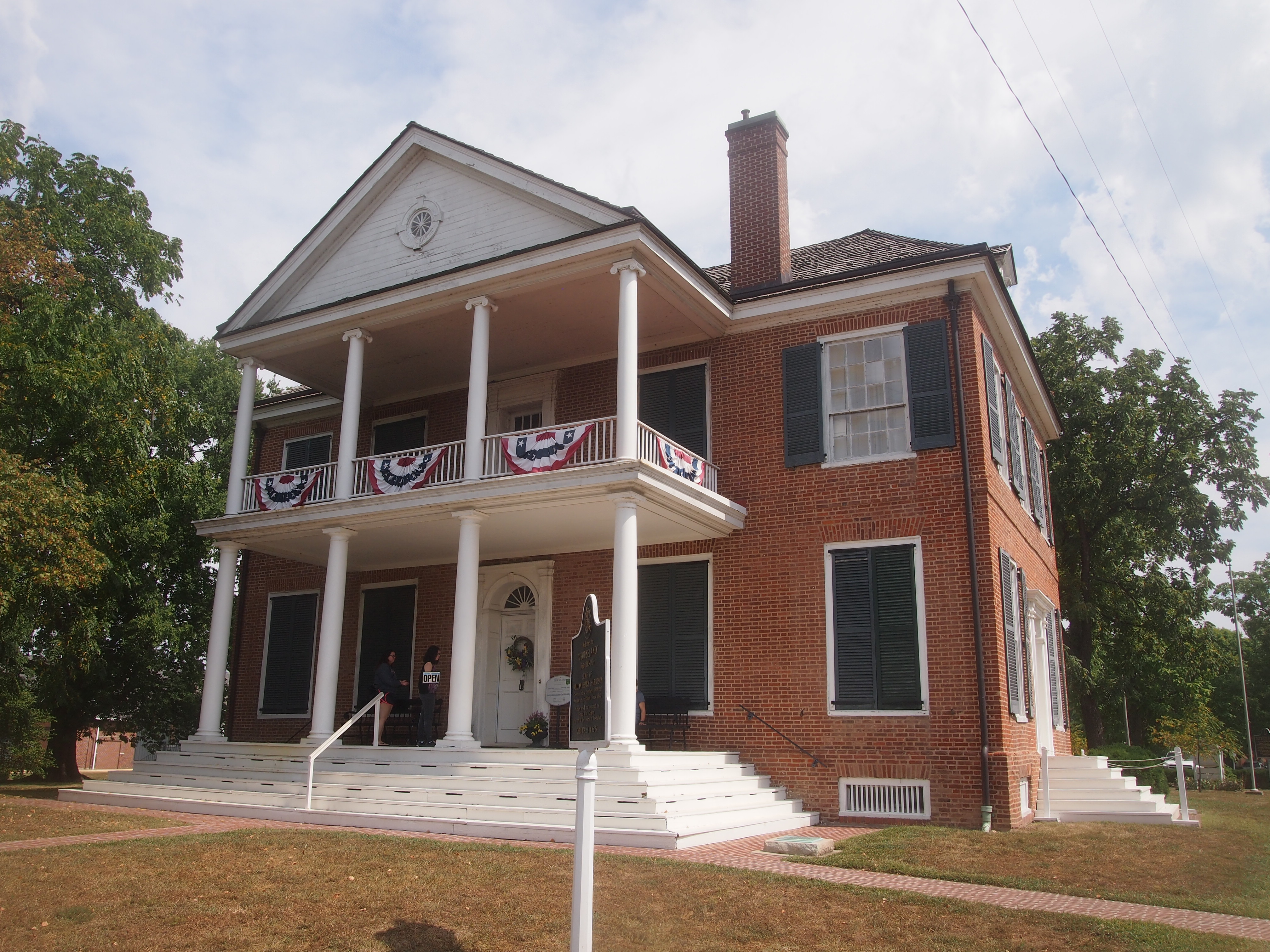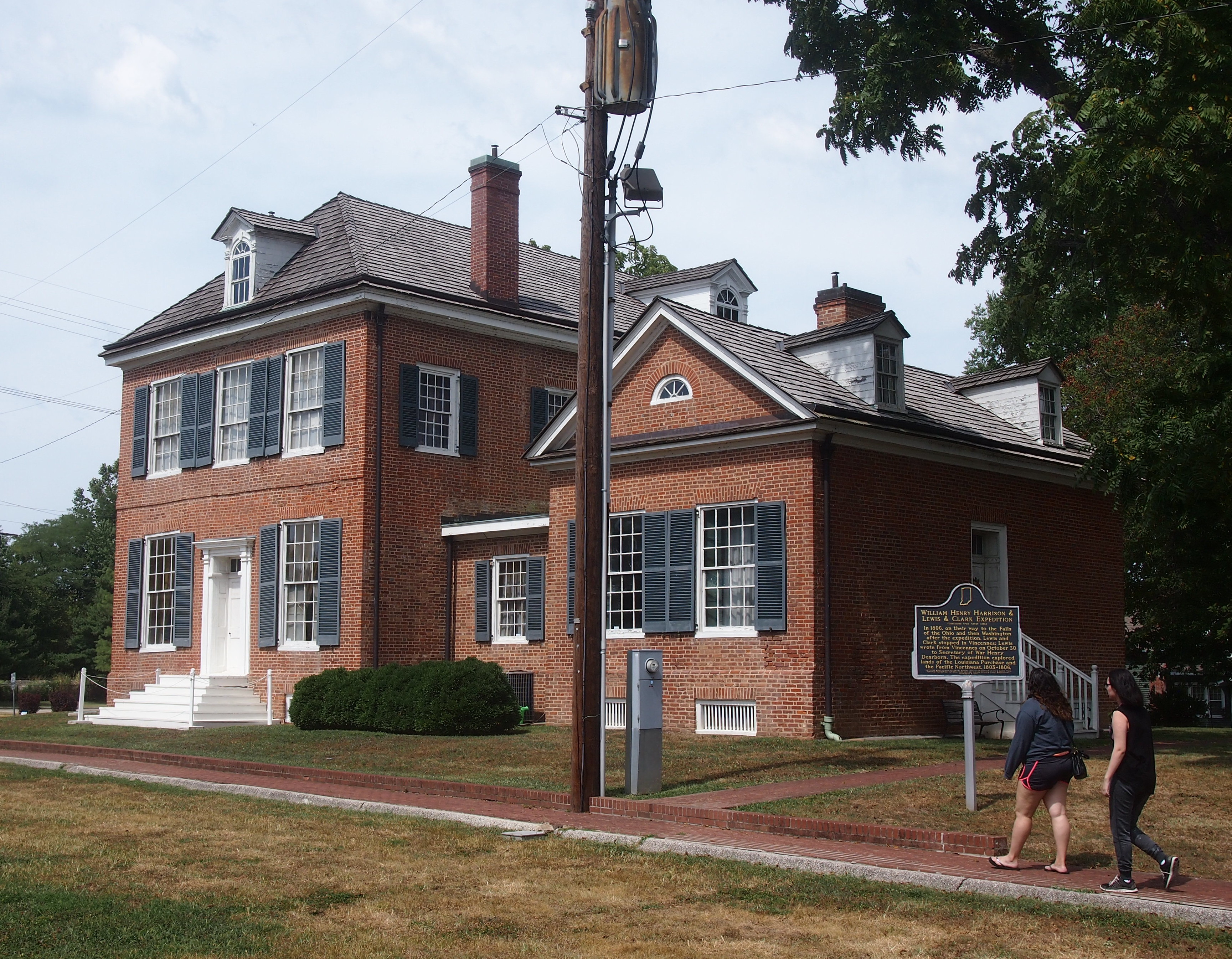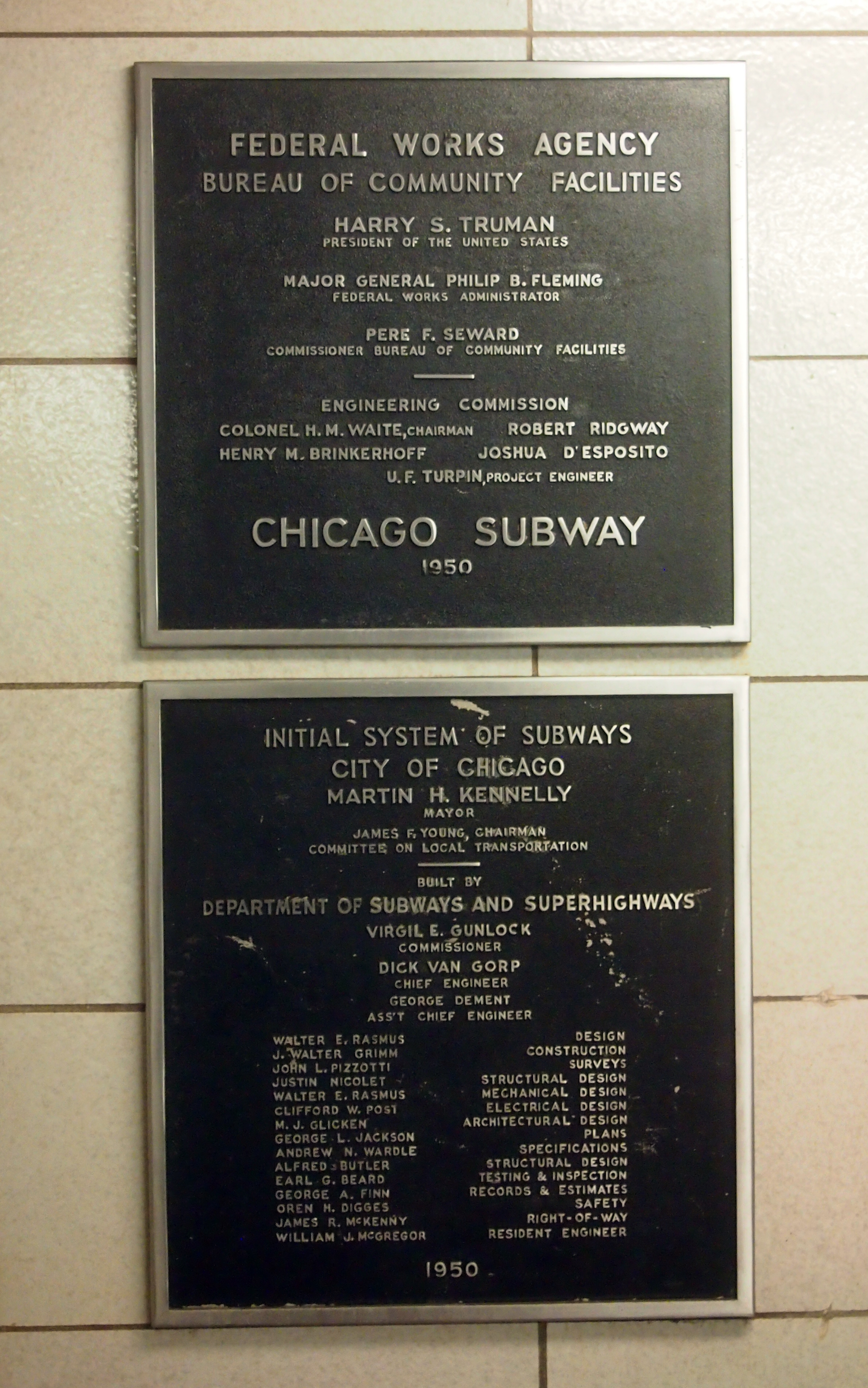The weekend before last, we popped down to Springfield for a short visit. As in the capital of Illinois, not any of the many others, or the cartoon town. Ann had expressed an interest, mostly in passing, that she’d like to see the Abraham Lincoln Presidential Museum again. So, like a parent does sometimes, I took that passing whim and ran with it.
The last time we were there was 2010, so I could see Ann’s point. She was only seven years old then and wanted an updated perspective. I also wanted to visit again, just to see if it was any different.
The short answer: not much. Is that part of the museum’s current problems?
Maintaining attendance as the years go by means offering new things from time to time, and I got the distinct impression that most everything was the same as eight years ago — including the short films shown in the museum’s two main auditoriums. I know it costs money to make new films, but that can’t be done in eight years?
Then again, maybe the museum isn’t interested in repeat visitors. School groups come, tourists come. For most people, once is probably it. Or maybe again many years later as a child who visited returns with a child of his or her own. The museum isn’t quite old enough for that yet, but I suppose it will happen.
Actually, I noticed a few small changes. Take a look at the picture of the “rubber” Lincoln family near the museum’s entrance that I took in 2010, with my own family posing.
Now look at this one from 2018, with Ann on the right and a friend of hers on the left.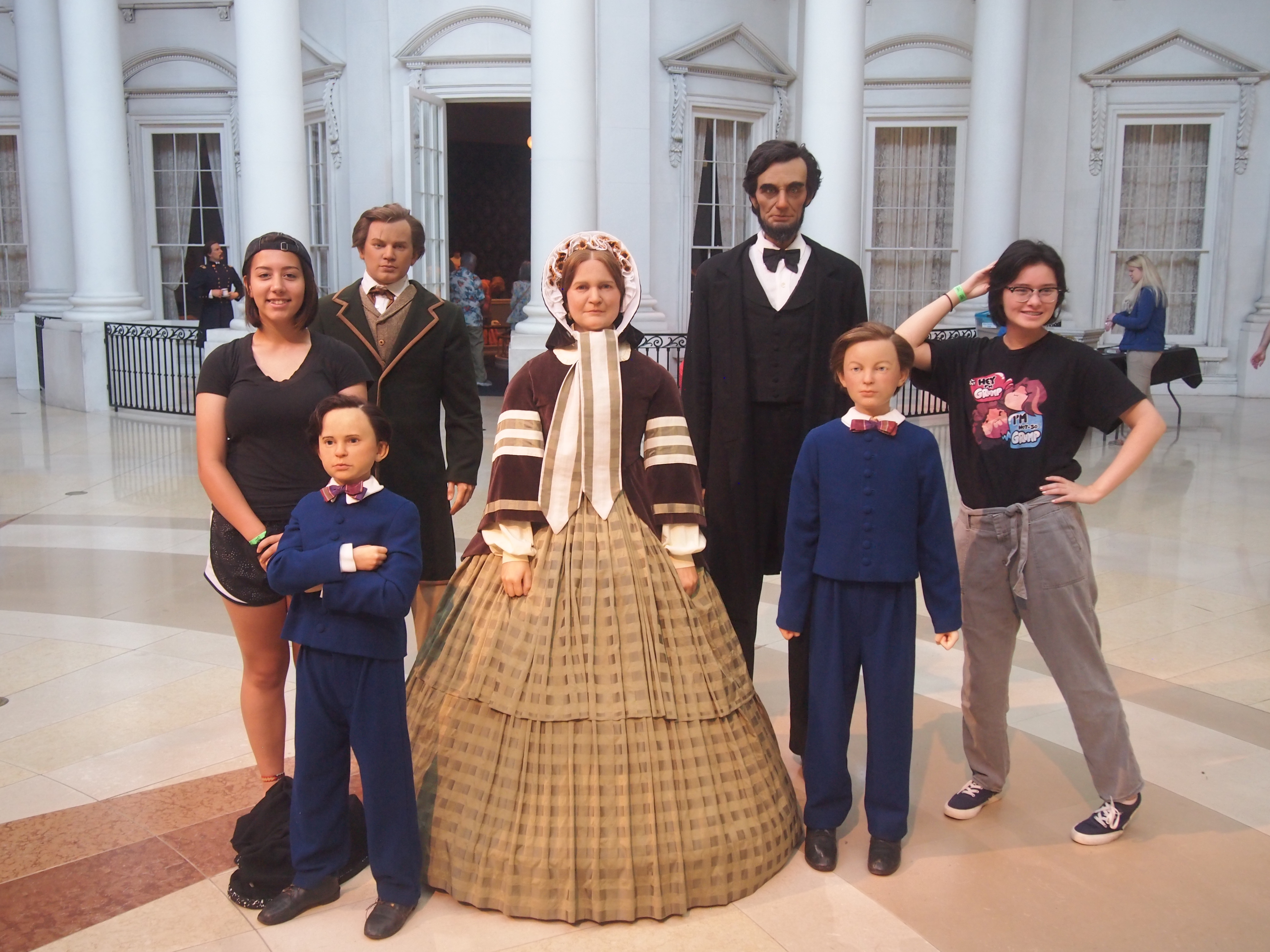
There are some small differences in the Lincoln family — a different but similar dress for Mary, for instance, and for all I know the life-sized figures might be different ones from the ones standing there eight years ago. But the main difference is behind the Lincolns.
Eight years ago, a life-sized John Wilkes Booth lurked in the background. Now he’s gone. The figure you can see in the back to the left is George McClellan, standing inside the fence with U.S. Grant, who isn’t visible in my picture. (Also obscured, and off the right, are Harriett Tubman and Frederick Douglass.)
Is Booth out for a touchup? Or did the museum get tired of people complaining about his presence? He did murder Lincoln, after all. His figure in such a prominent place is a little like putting a print of the famed photo of Lee Harvey Oswald and his rifle on the wall at the Kennedy Museum.
Never mind all that, I enjoyed the museum the second time around enough to make it worth the trip, though I think it will be my last. I’m sure Ann got her revised impression of the place.
I paid close attention to the rubber figures, which aren’t rubber, of course. As I wrote in 2010, “Though derided as ‘rubber’ Lincolns, they’re actually sculpted foam coated with fiberglass, and then painted, clothed and fitted with a mix of real and synthetic hair.”
The figures are a distinguishing feature of the museum, and on the whole, add to the experience. Here’s the thinkin’, book readin’ young Abe.
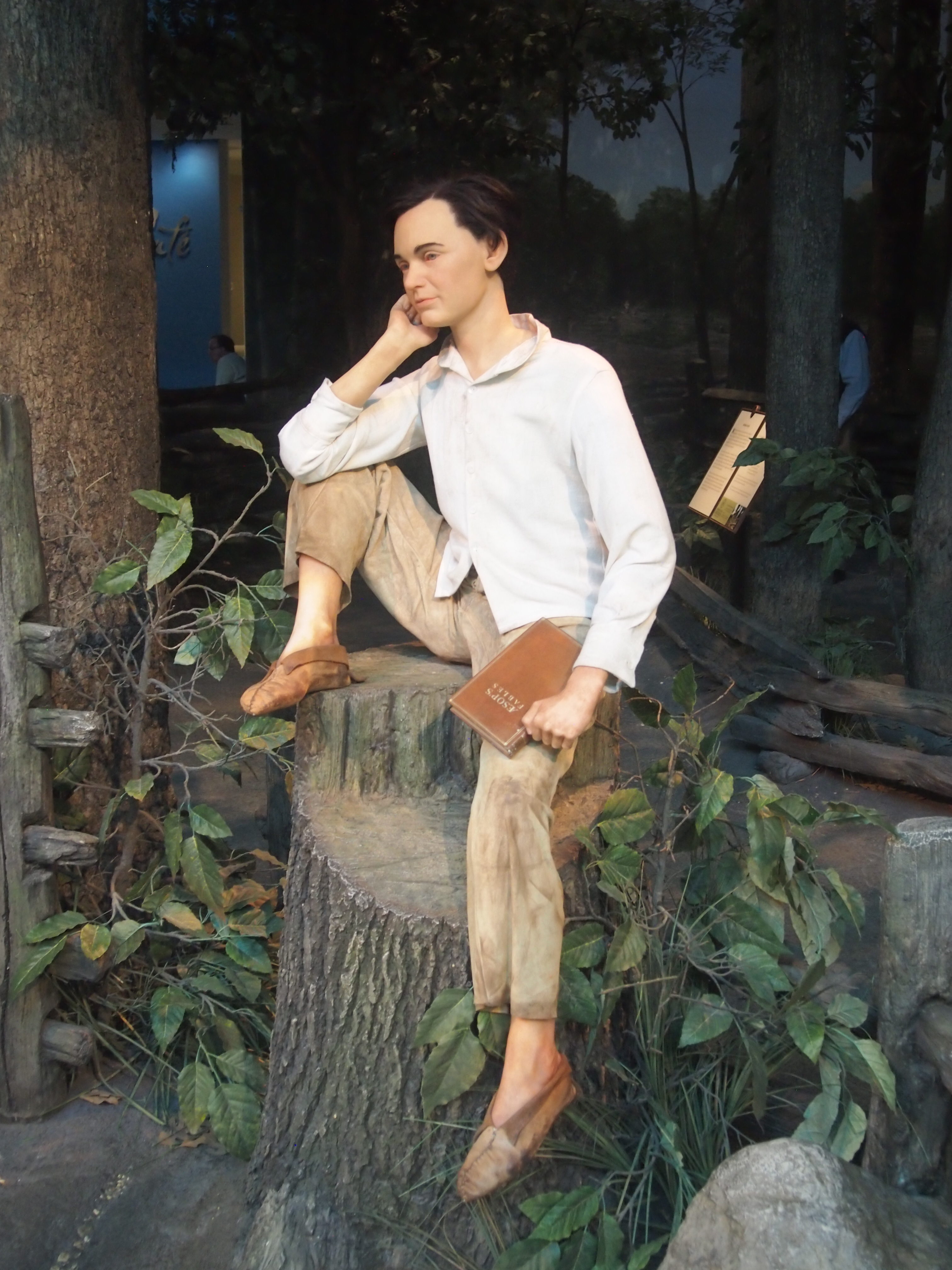
The store-keeping Lincoln as a young man in Salem, Illinois. It didn’t work out for him.
Abraham courting Mary. That worked out for him.
The Lincoln-Herndon law office. Perhaps the best tableau in the museum. Clutter is an essential aspect of people’s lives that historical museums often miss. Lincoln had better things to do than tidy his office or discipline his sons. Namely, read.
Can’t very well have a Lincoln museum without Mr. Douglas debating Mr. Lincoln.
Mary Lincoln dressed for her husband’s inauguration.
There is another Mary Lincoln figure, dressed in black, sitting alone in a dim room with the sound of rain in the background. She is depicted grieving for their son Tad, who died in 1862. It’s the saddest tableau in the museum, even more than the Ford’s Theatre depiction.
The first reading of the Emancipation Proclamation to the cabinet. (“By the way, gentlemen, one more thing…”) Clearly inspired by the famed Carpenter painting, if not so formally posed.
And, of course, the Lincolns at Ford’s Theatre.
Booth is depicted entering the door behind them, so maybe that’s the only place to find the rubber assassin in the museum these days.
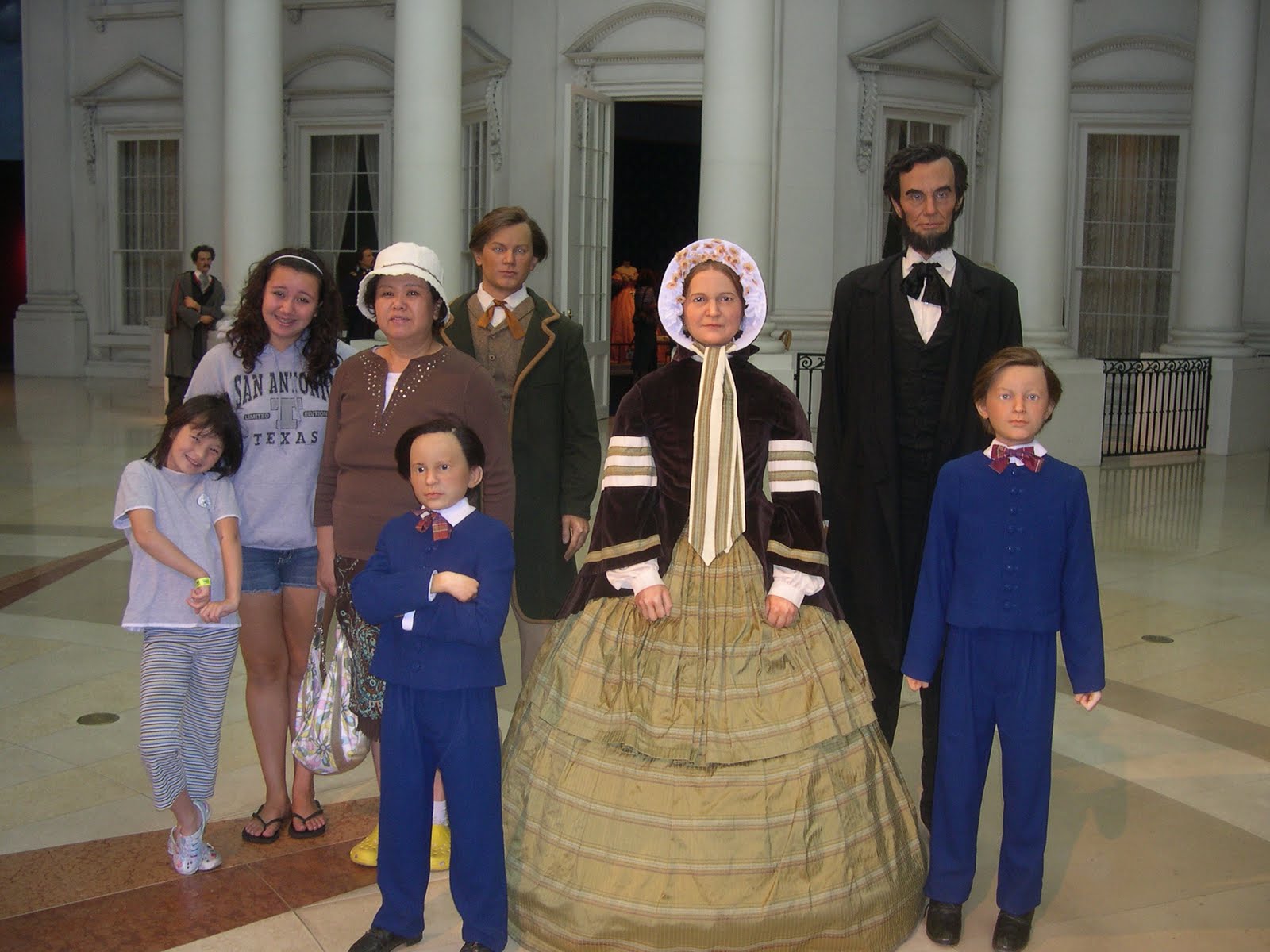

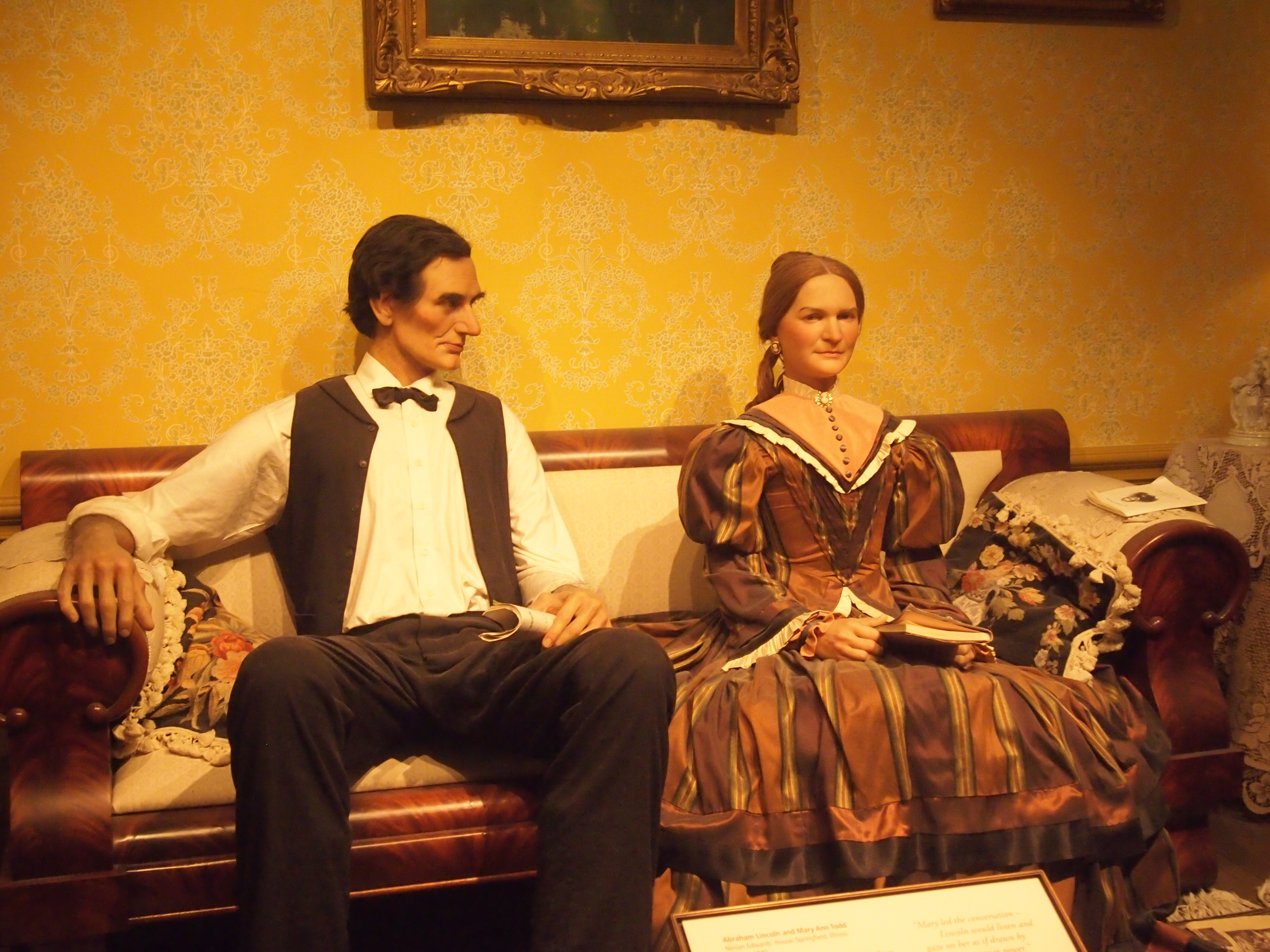
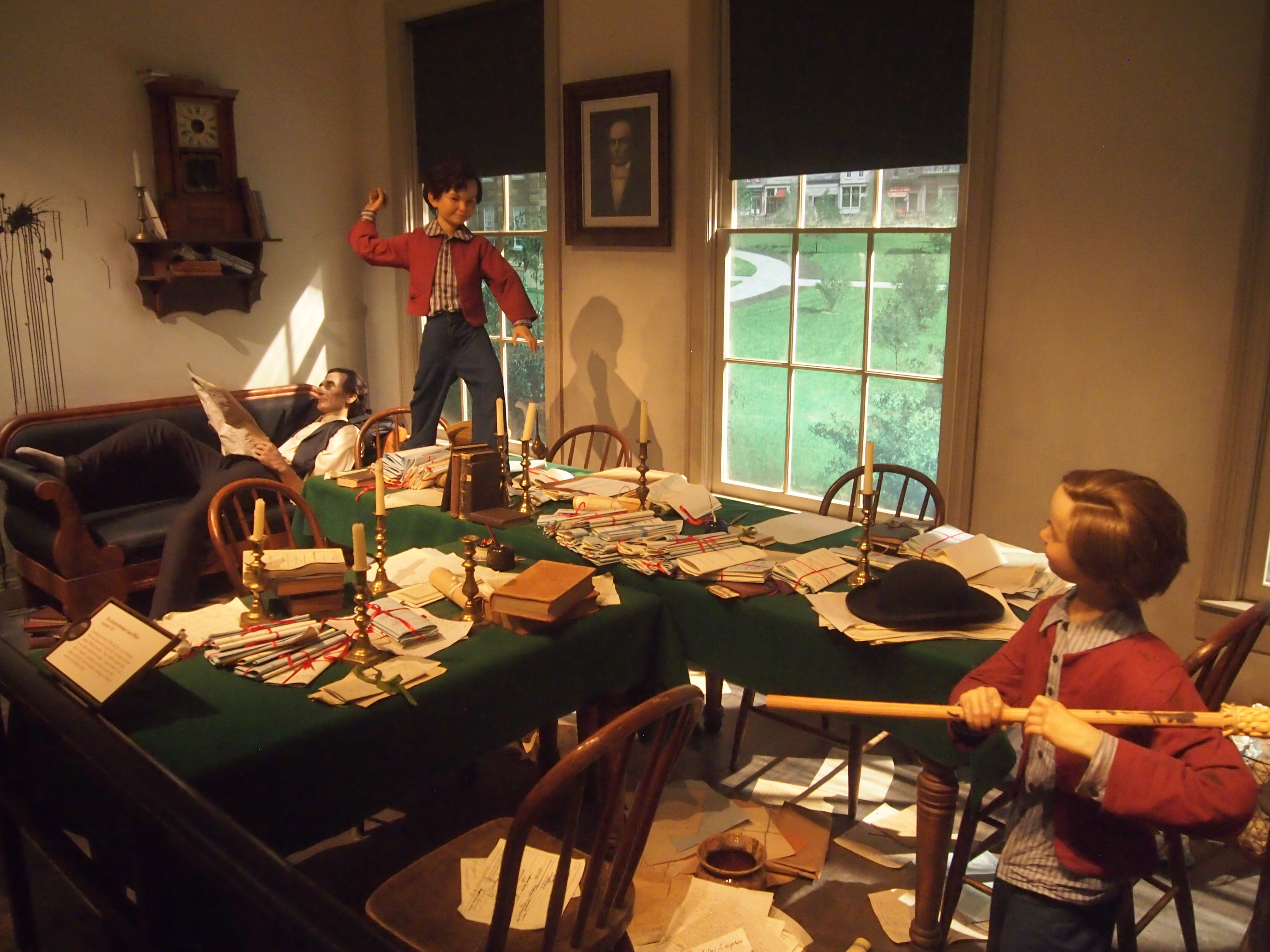
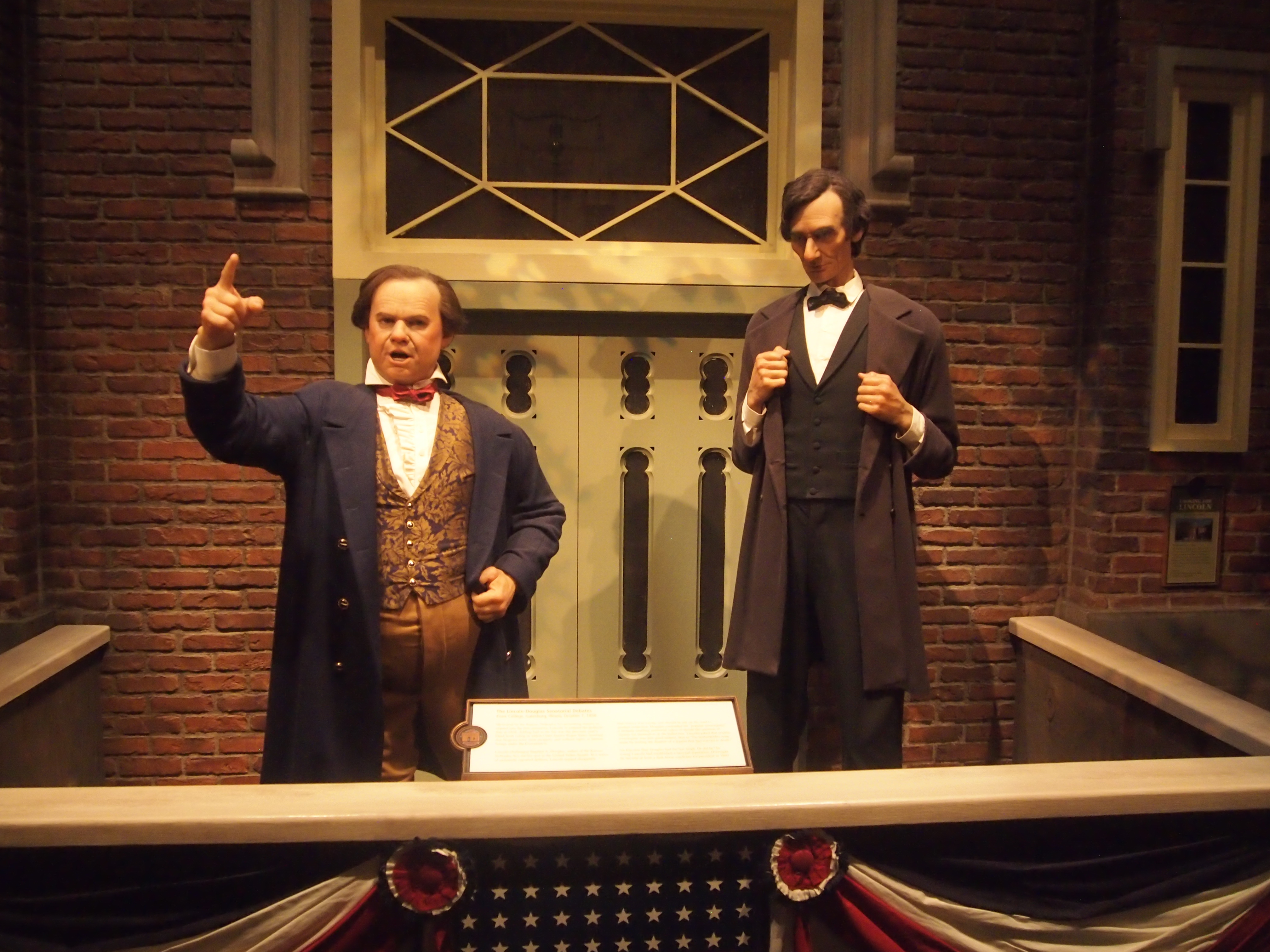
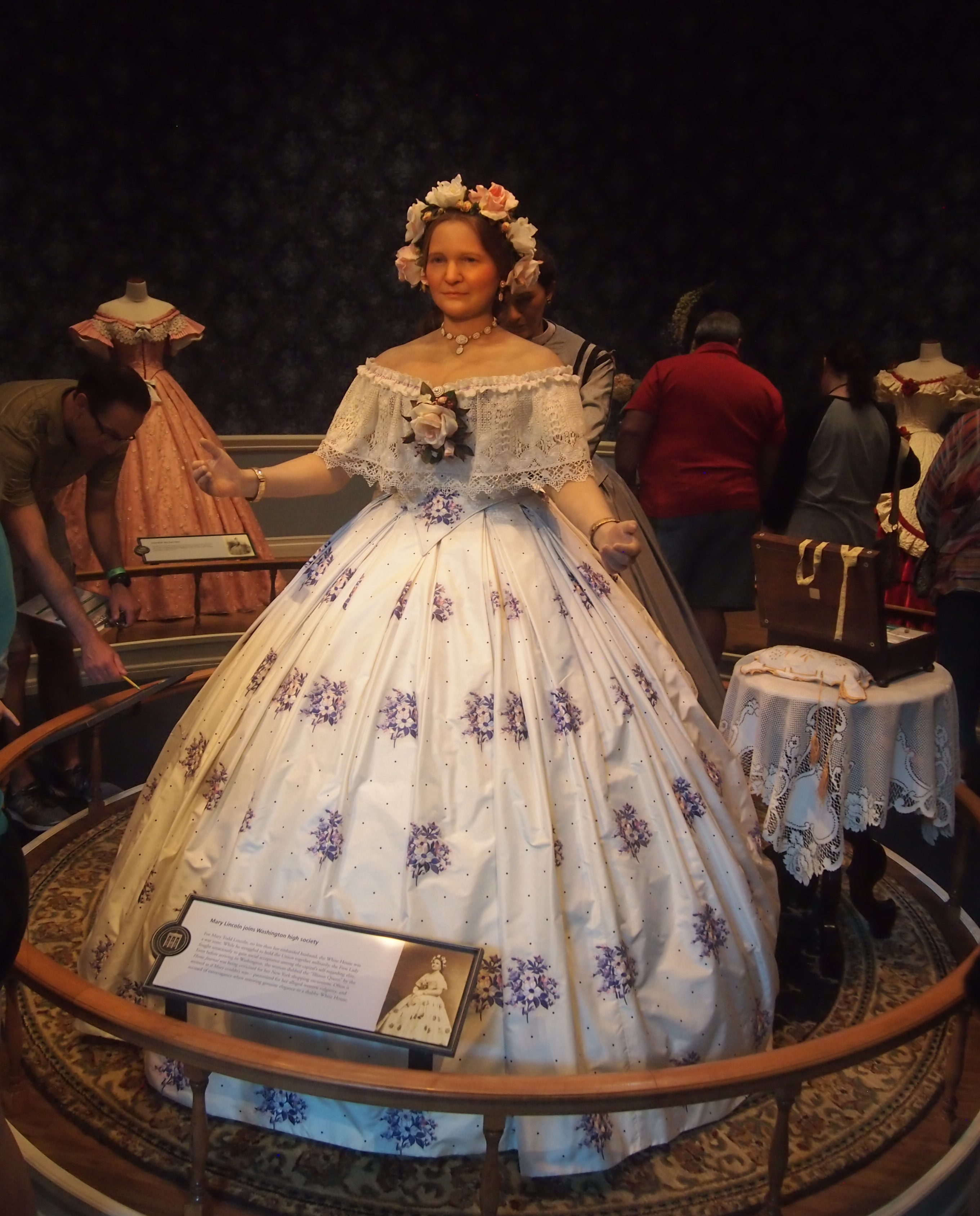
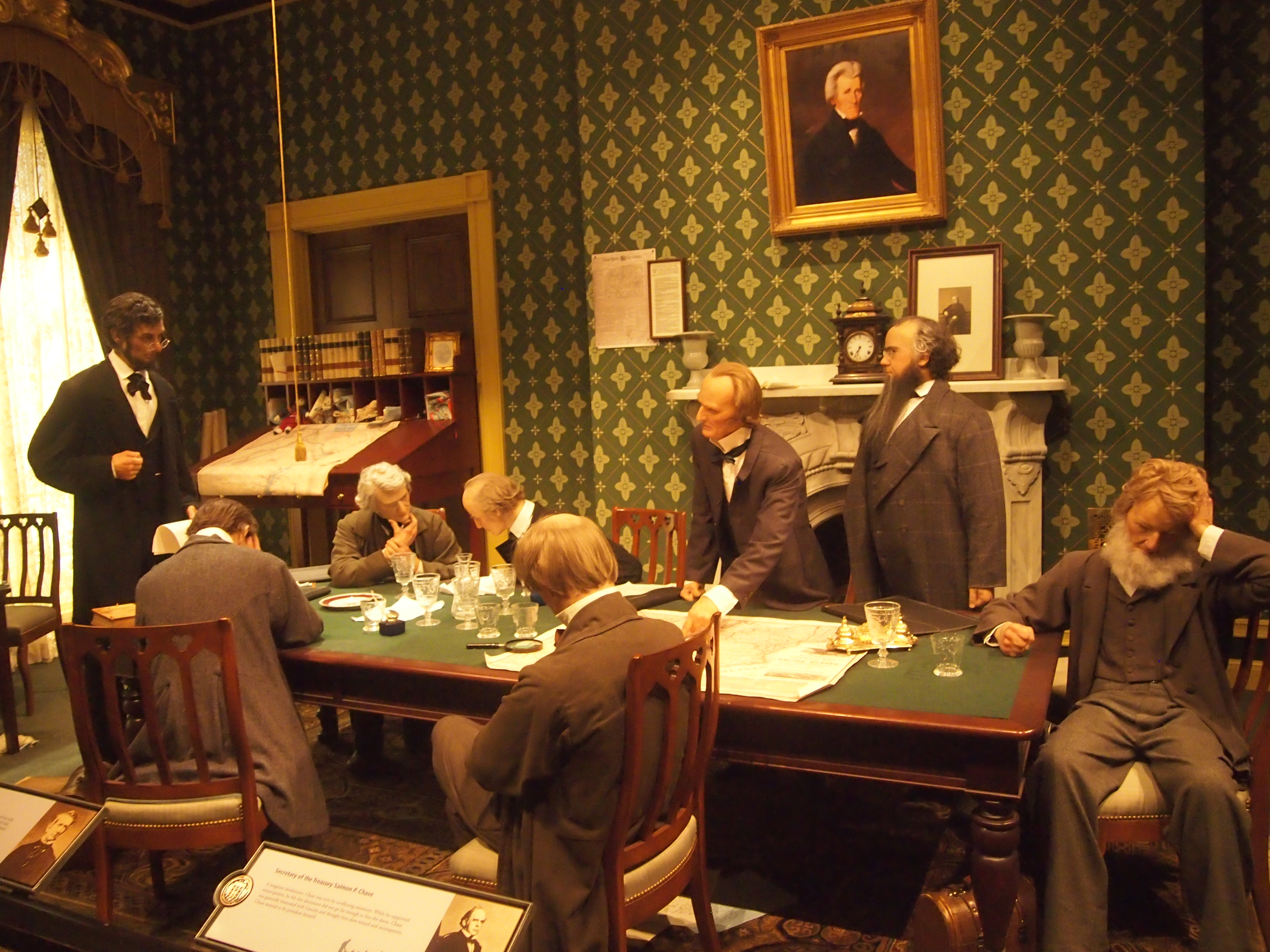
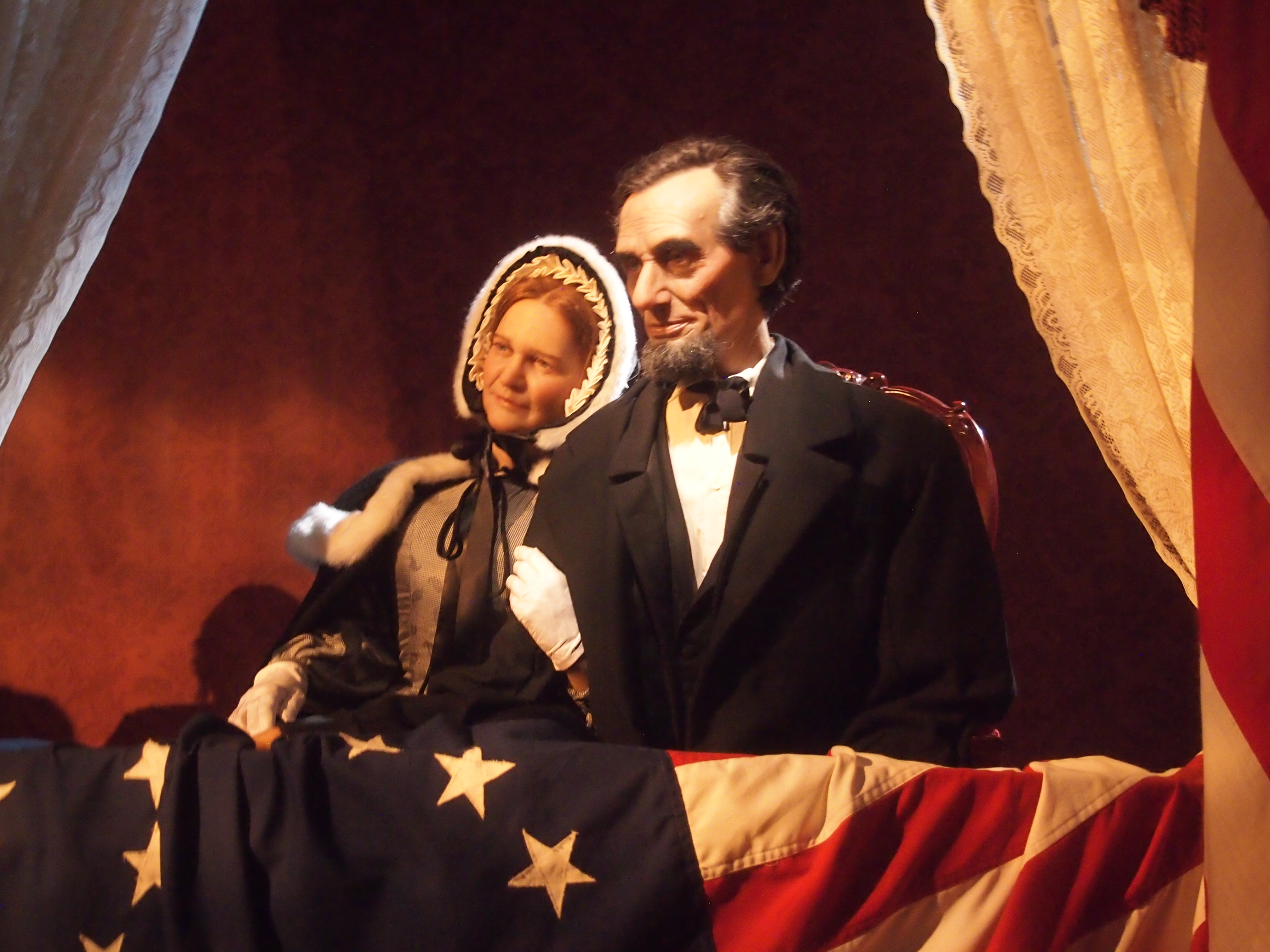
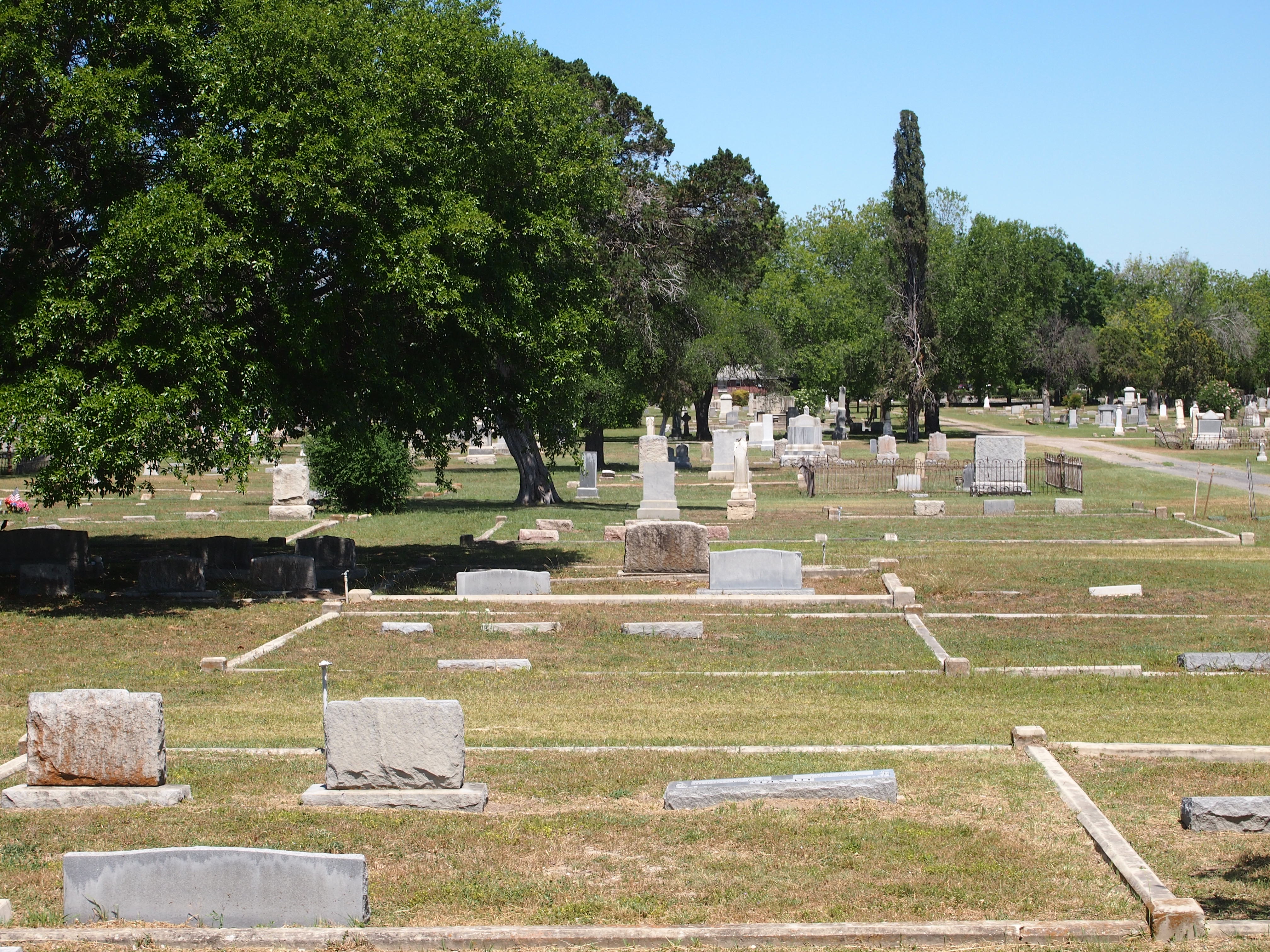
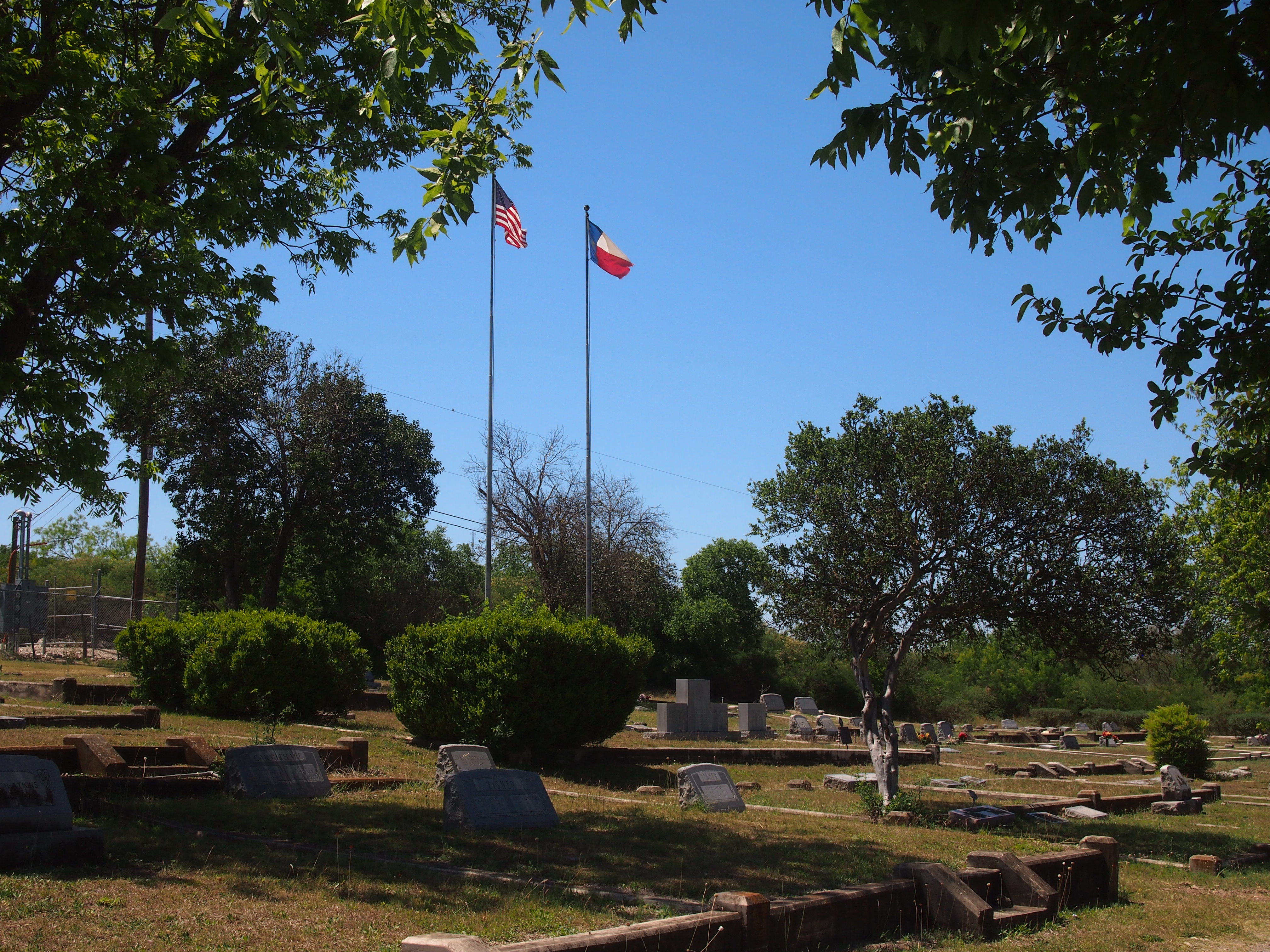 Here’s the grave of John Nance Garner and his wife Marietta Rheiner Garner. Imagine that, he was a fully grown man at the turn of the 20th century, and yet lived to see men travel into space.
Here’s the grave of John Nance Garner and his wife Marietta Rheiner Garner. Imagine that, he was a fully grown man at the turn of the 20th century, and yet lived to see men travel into space.